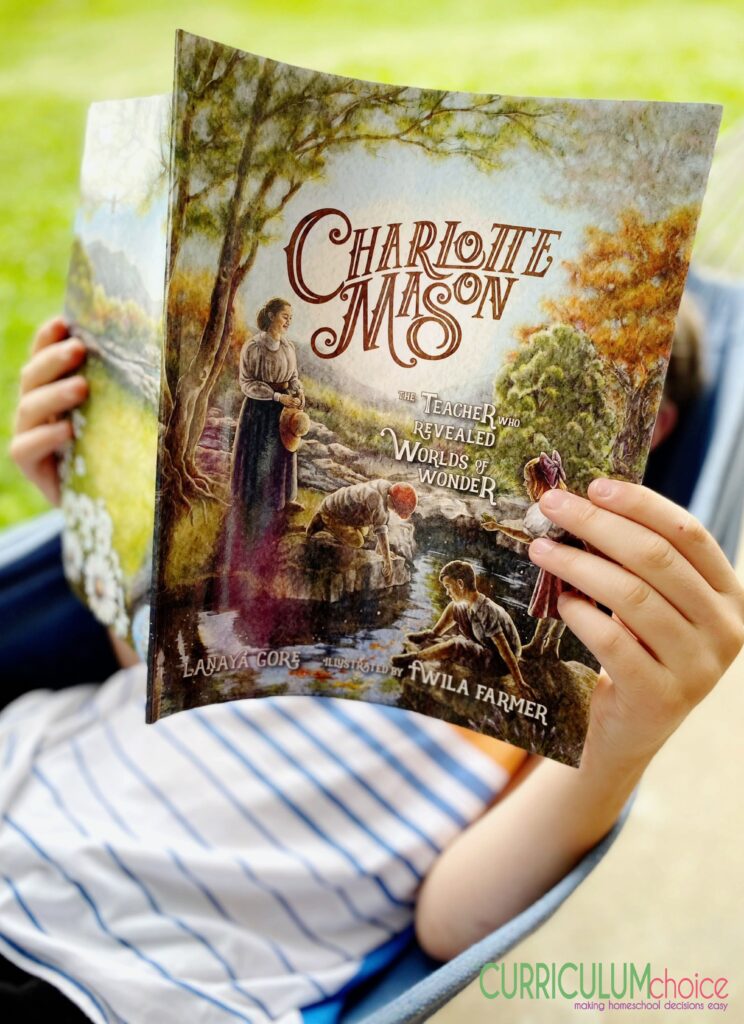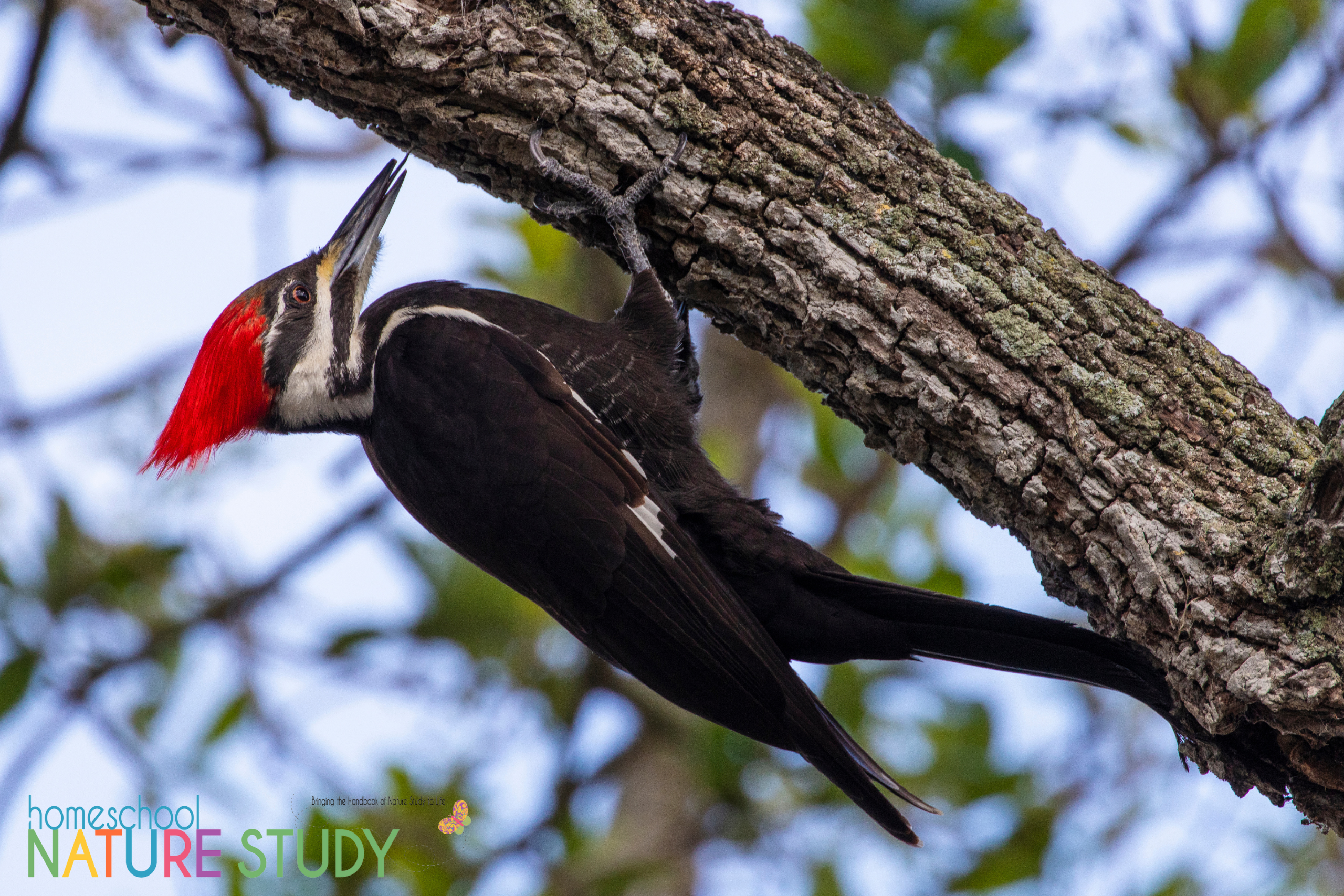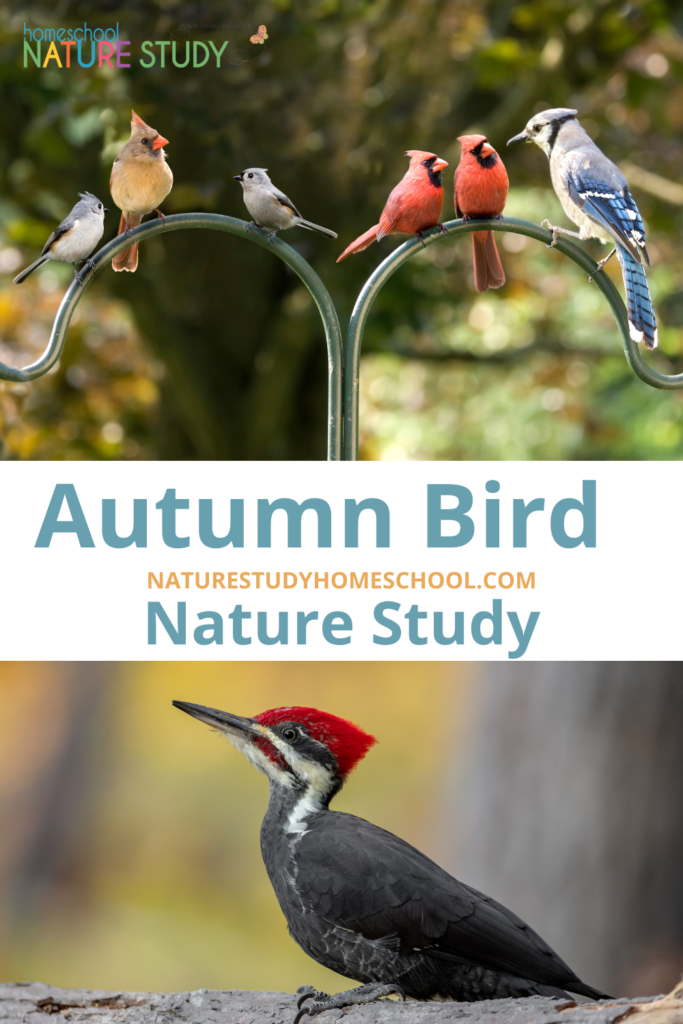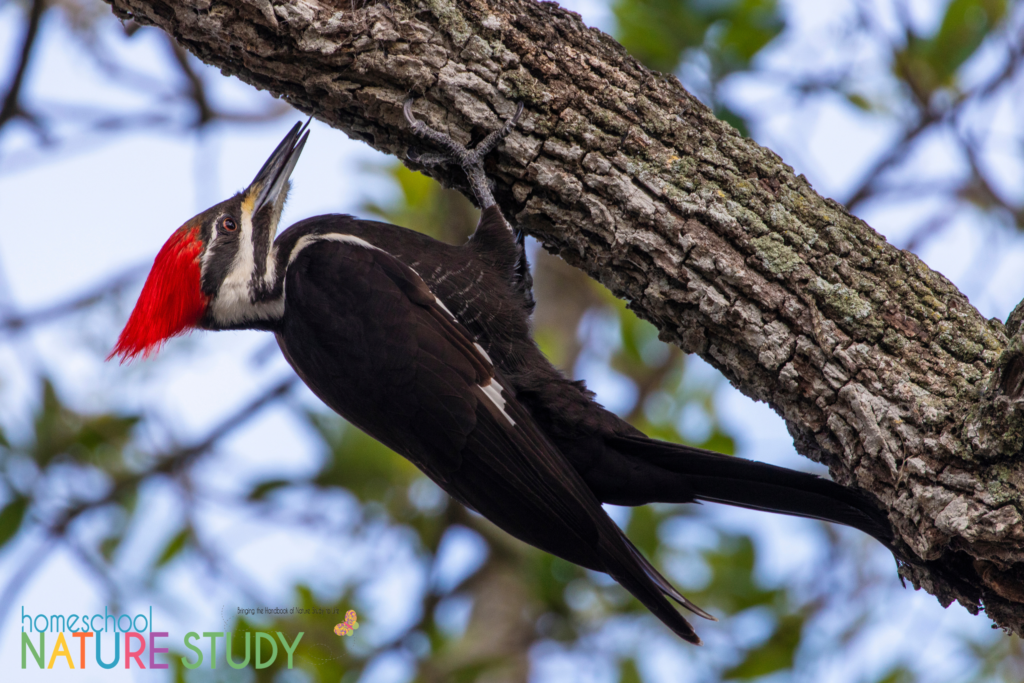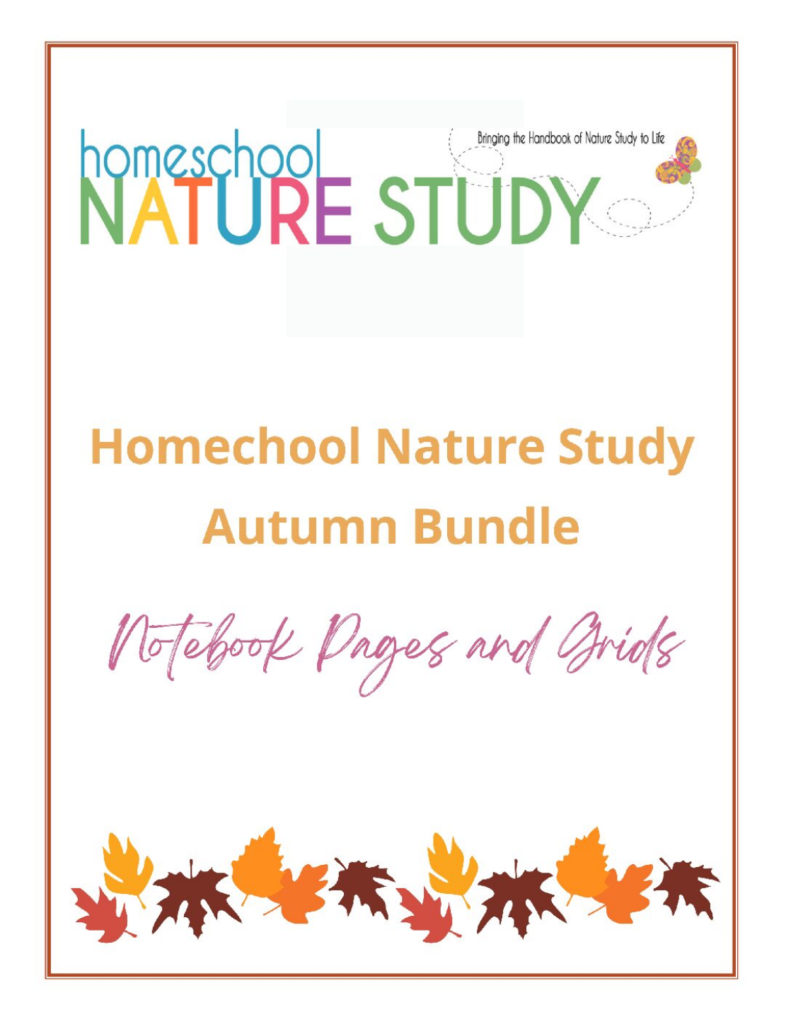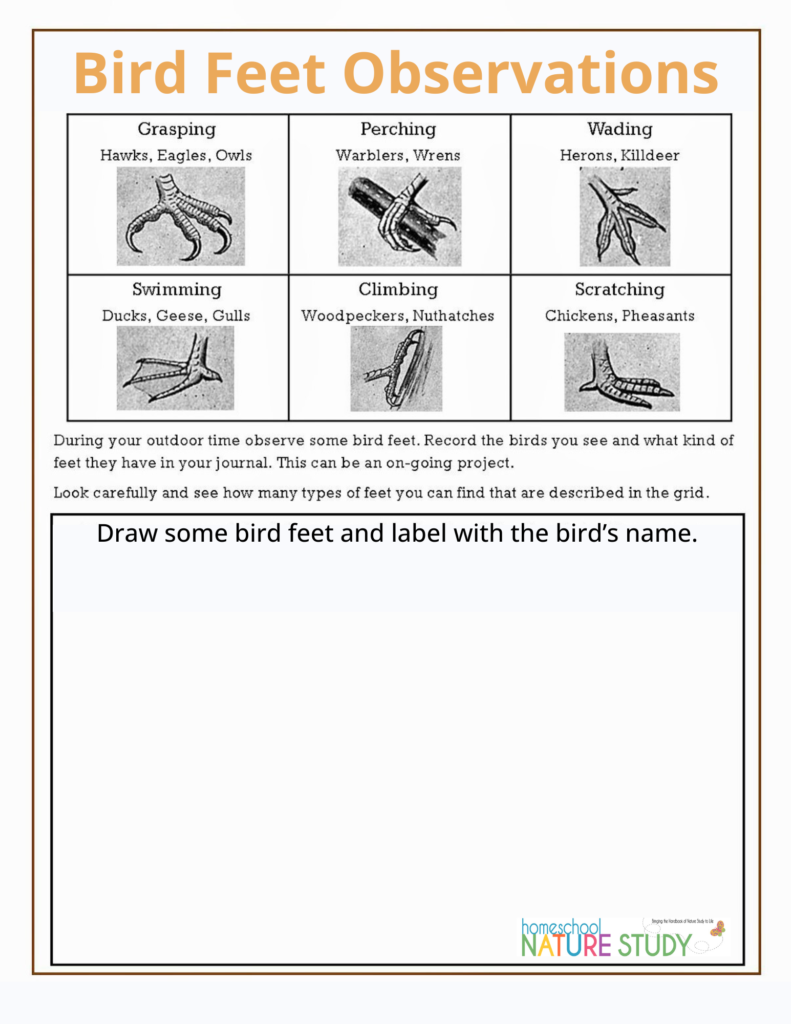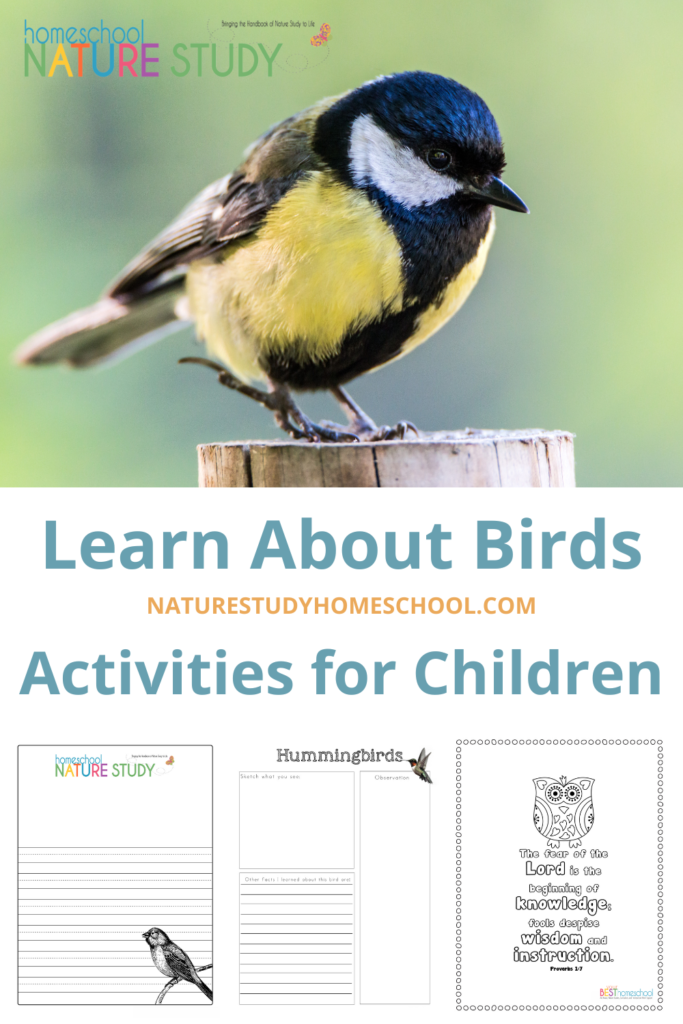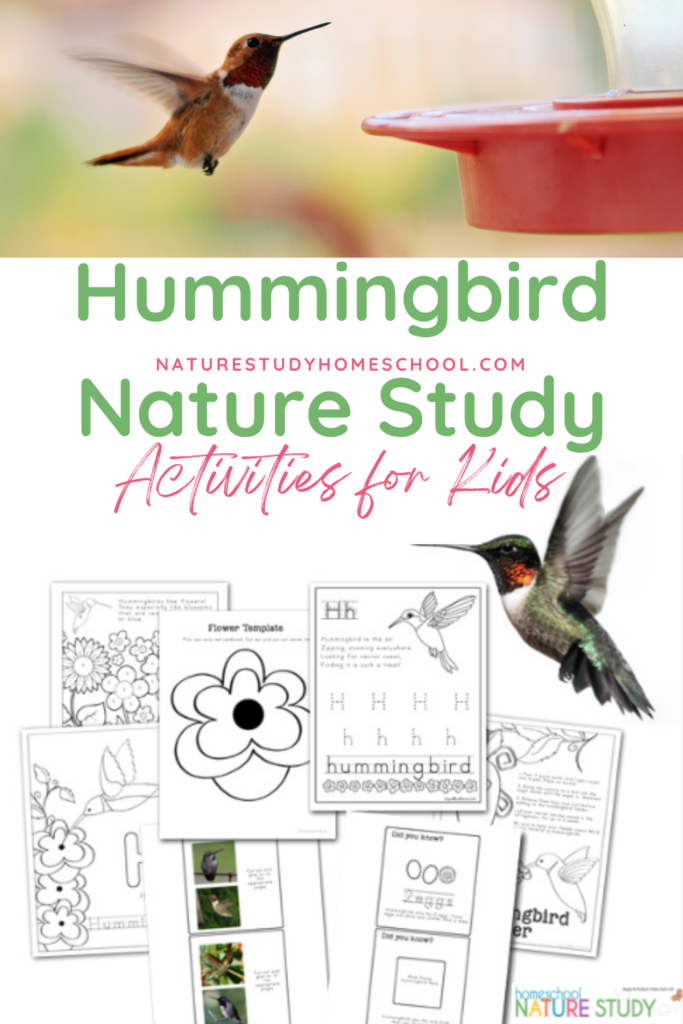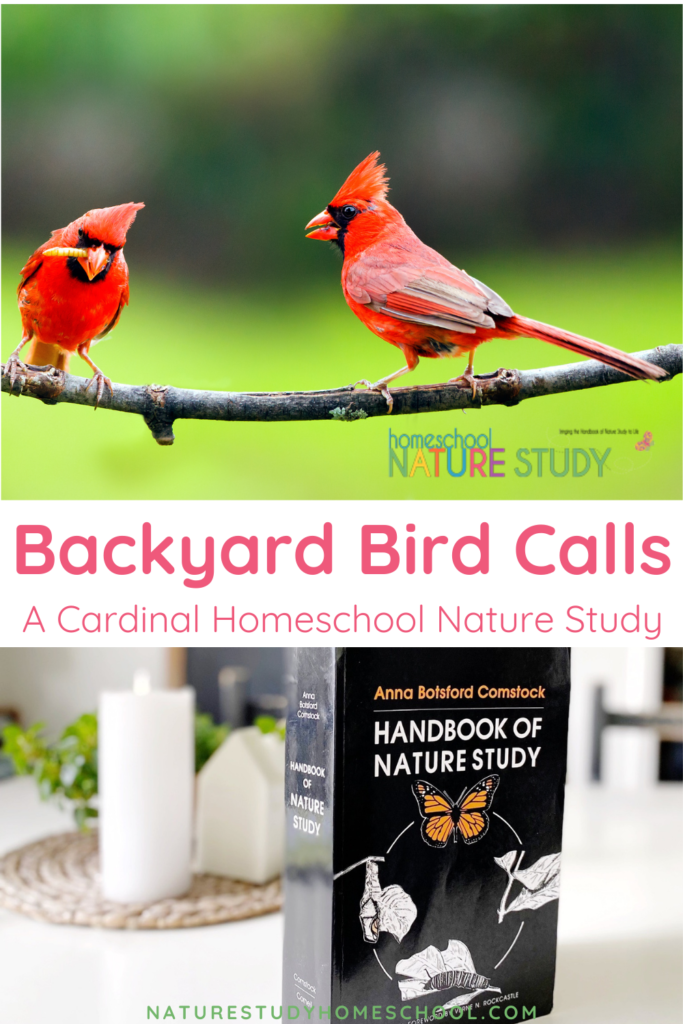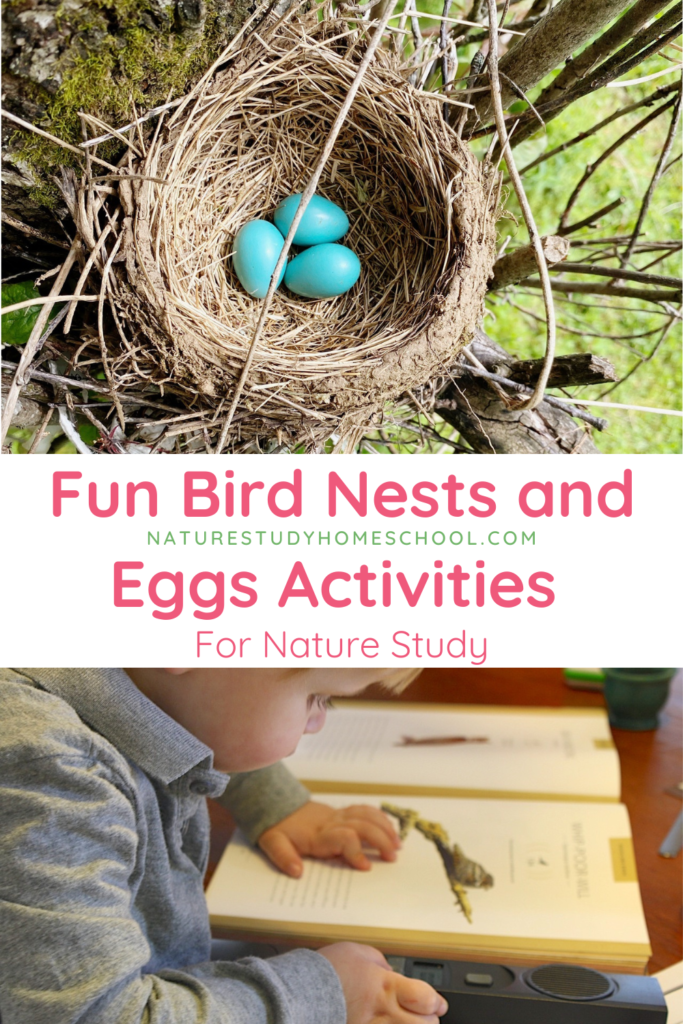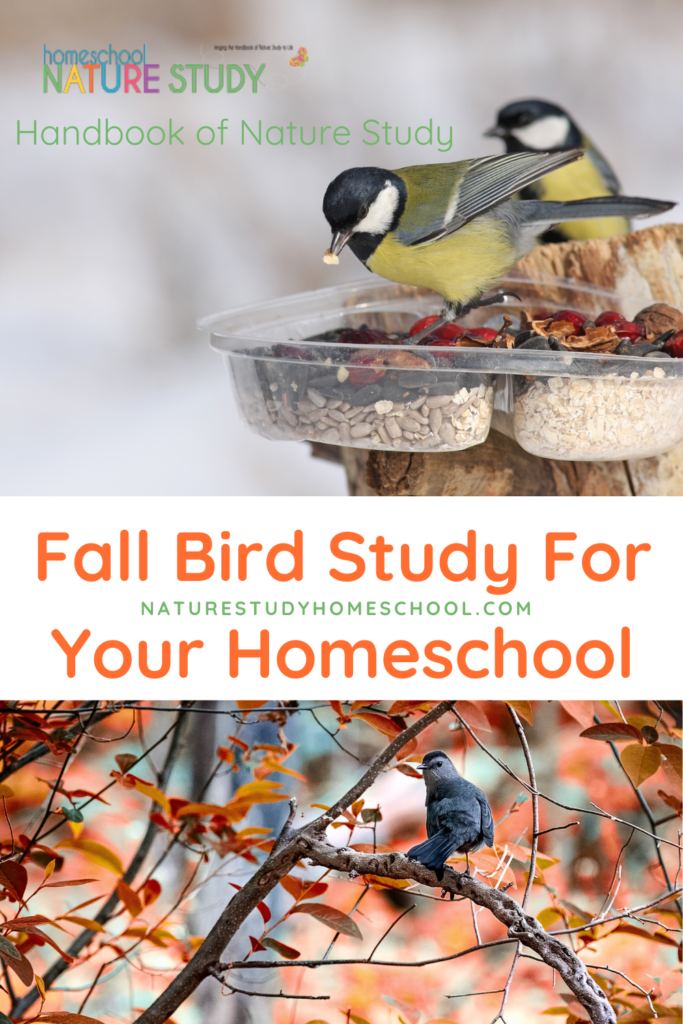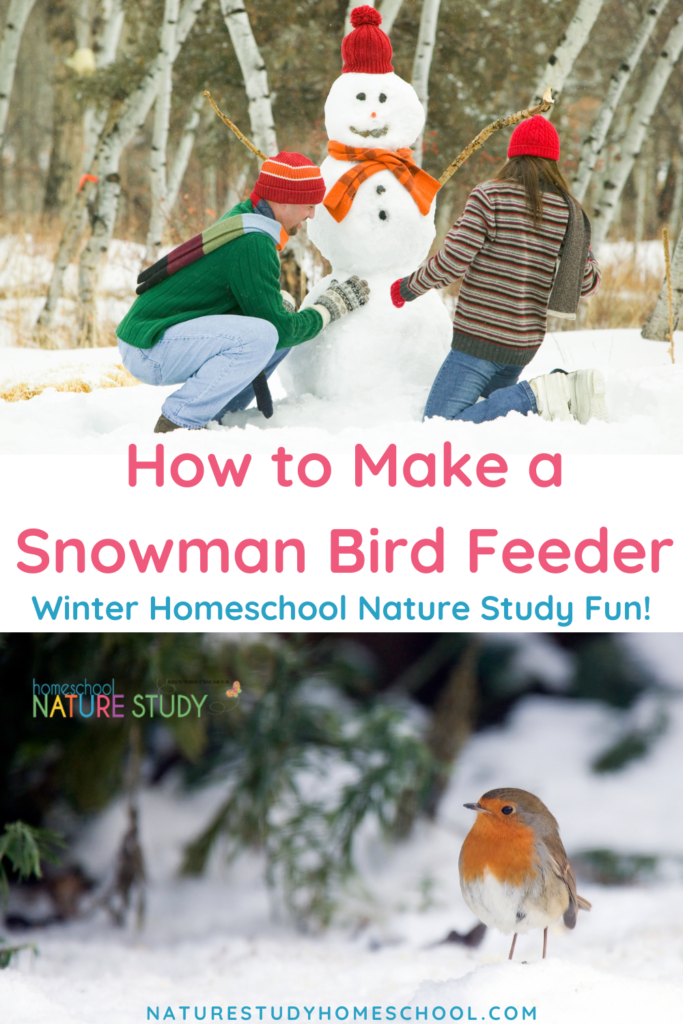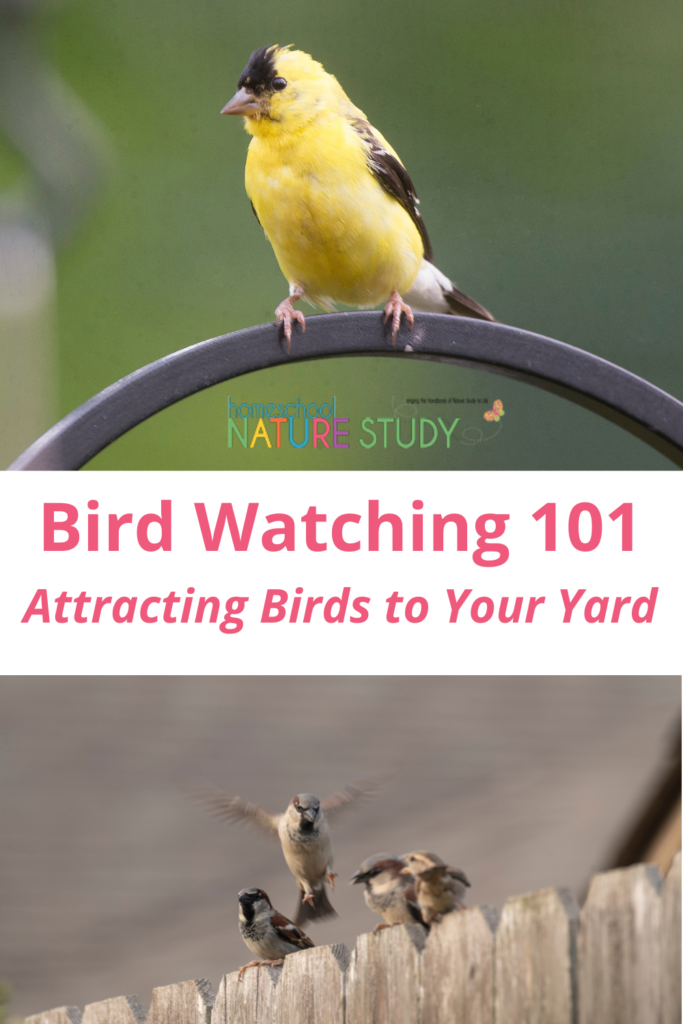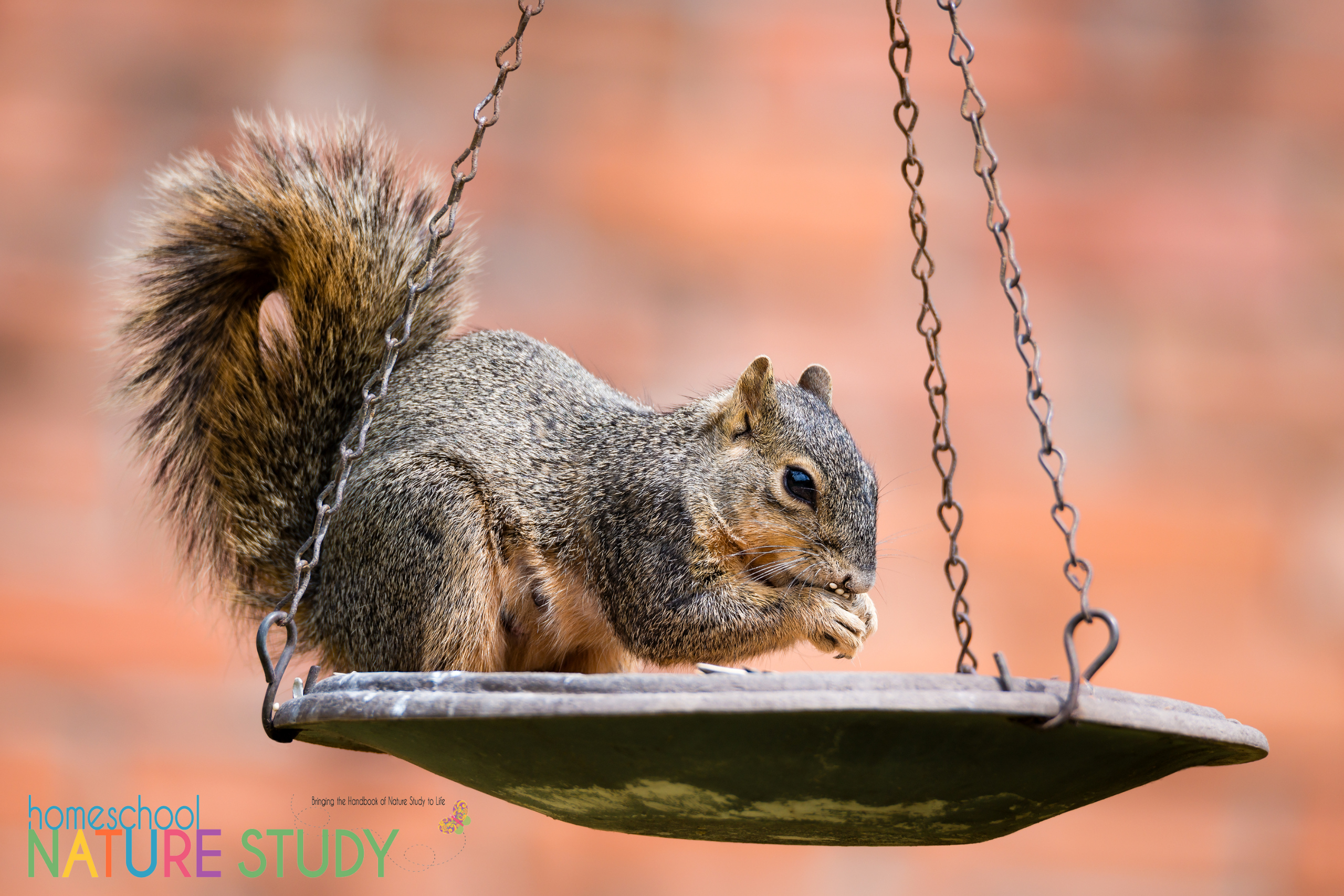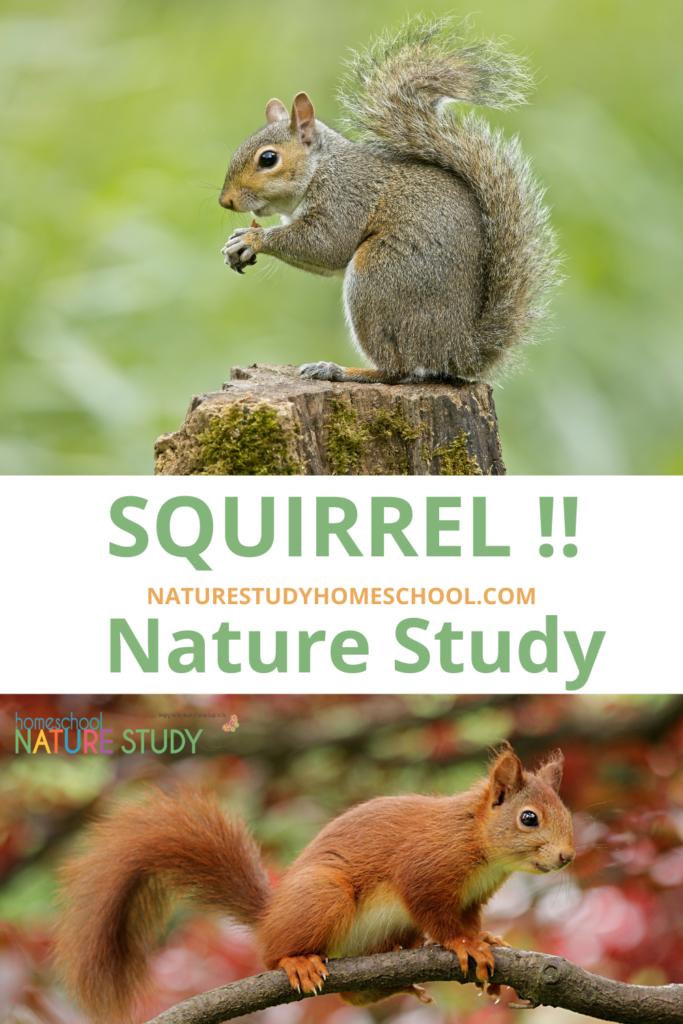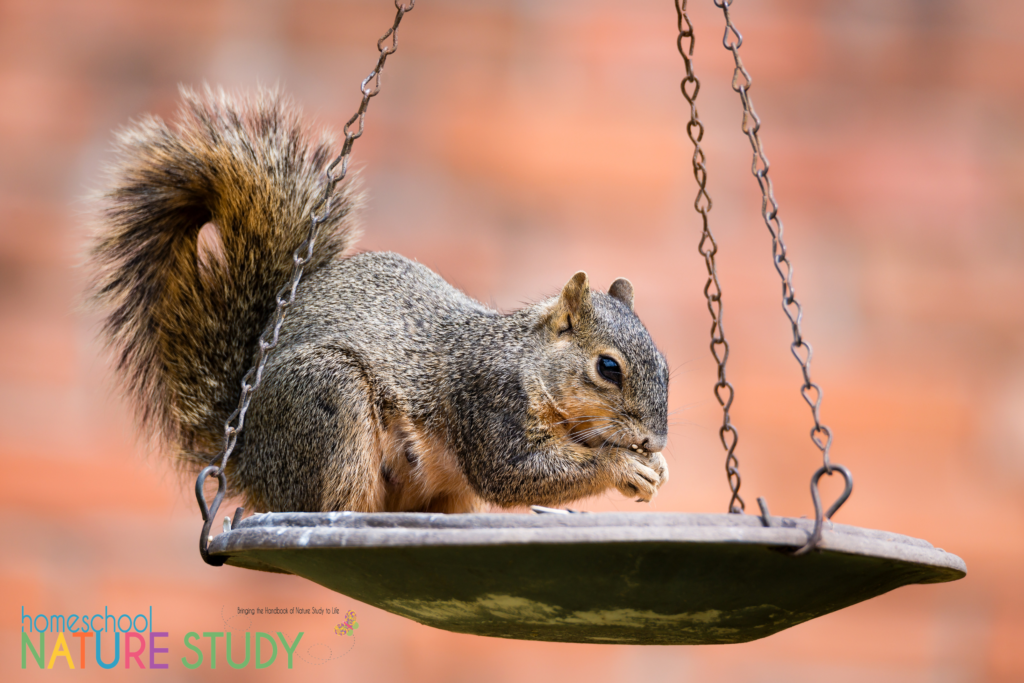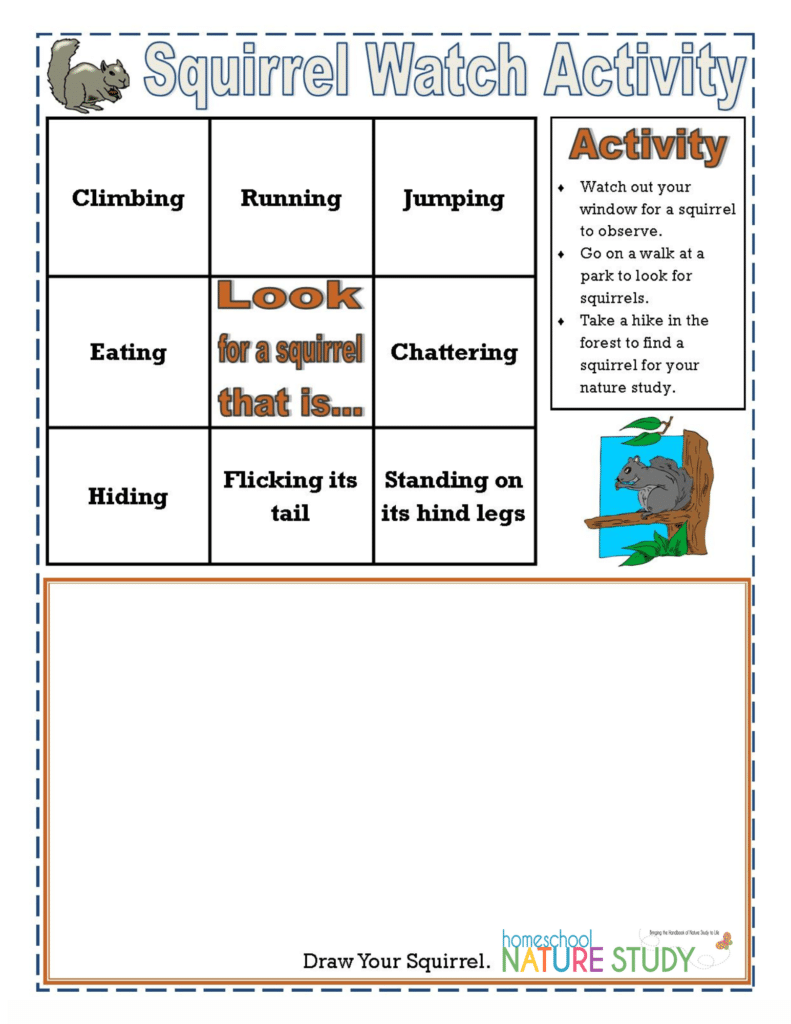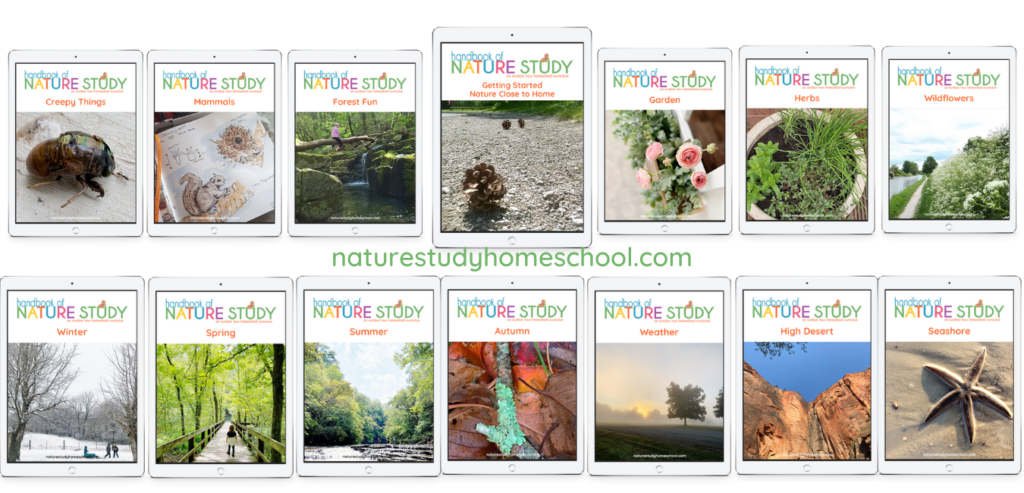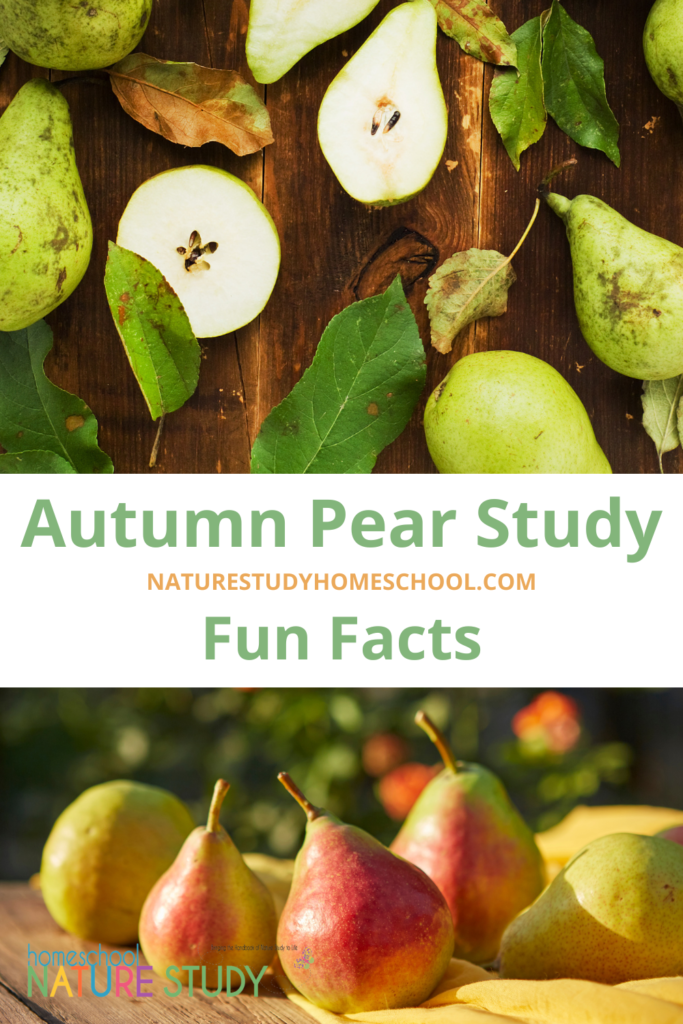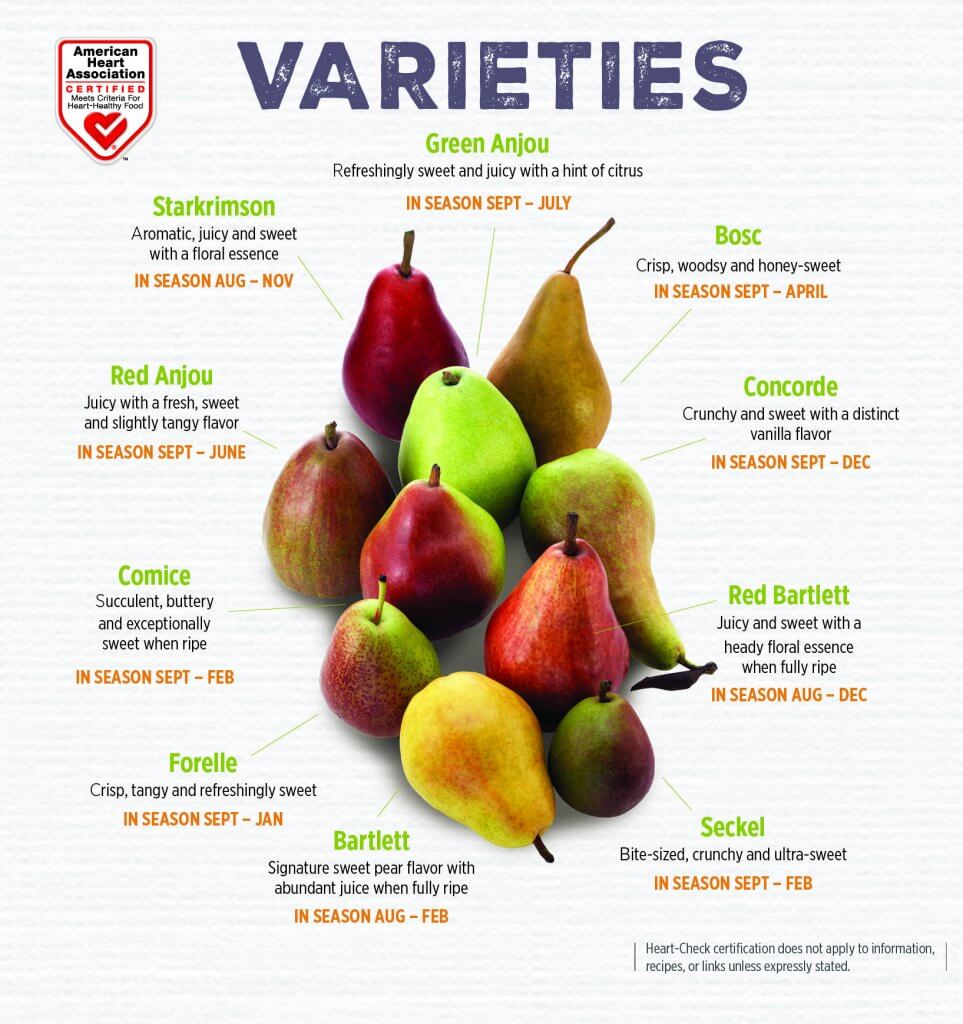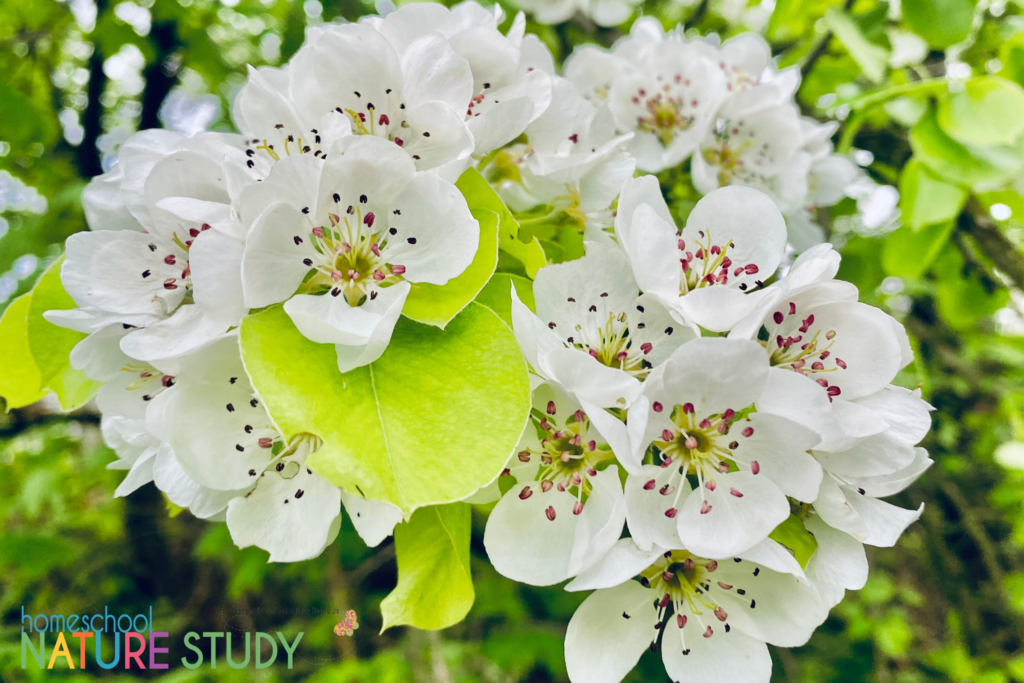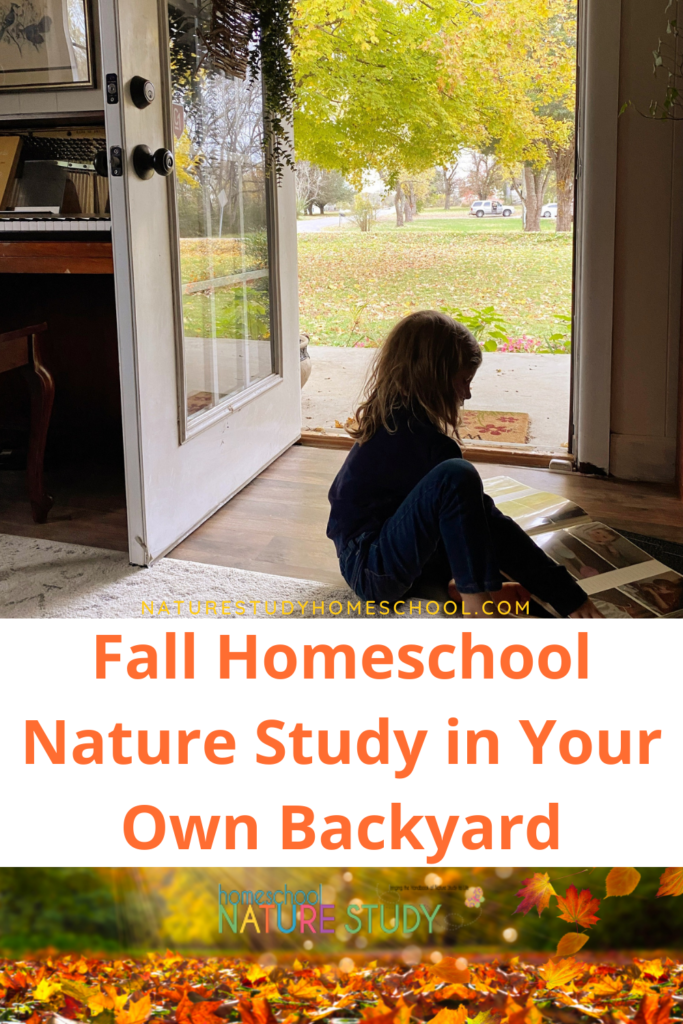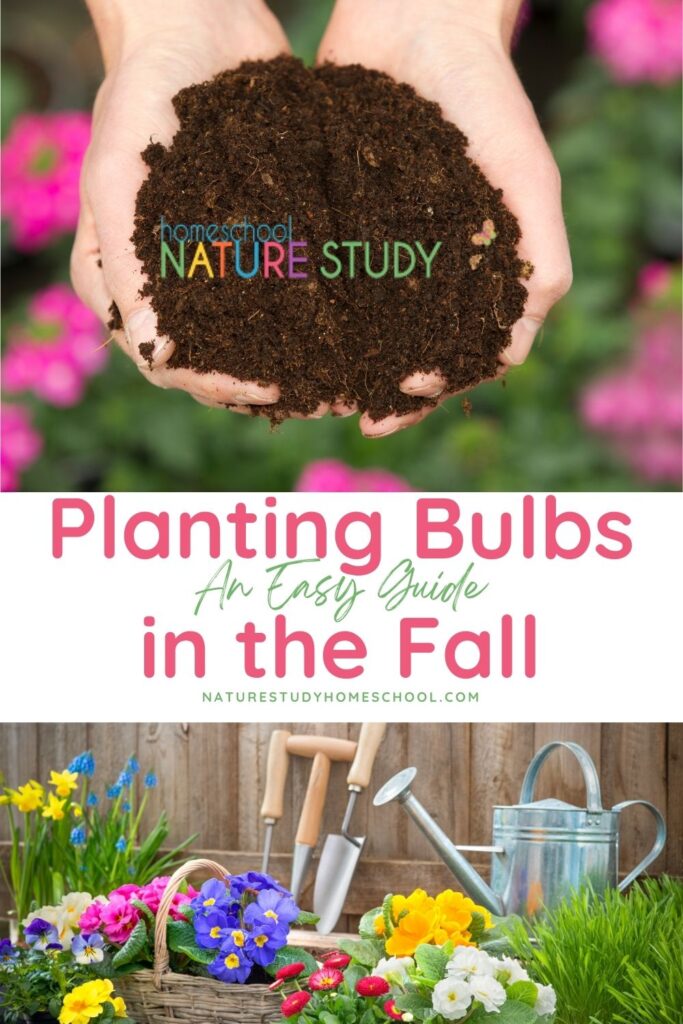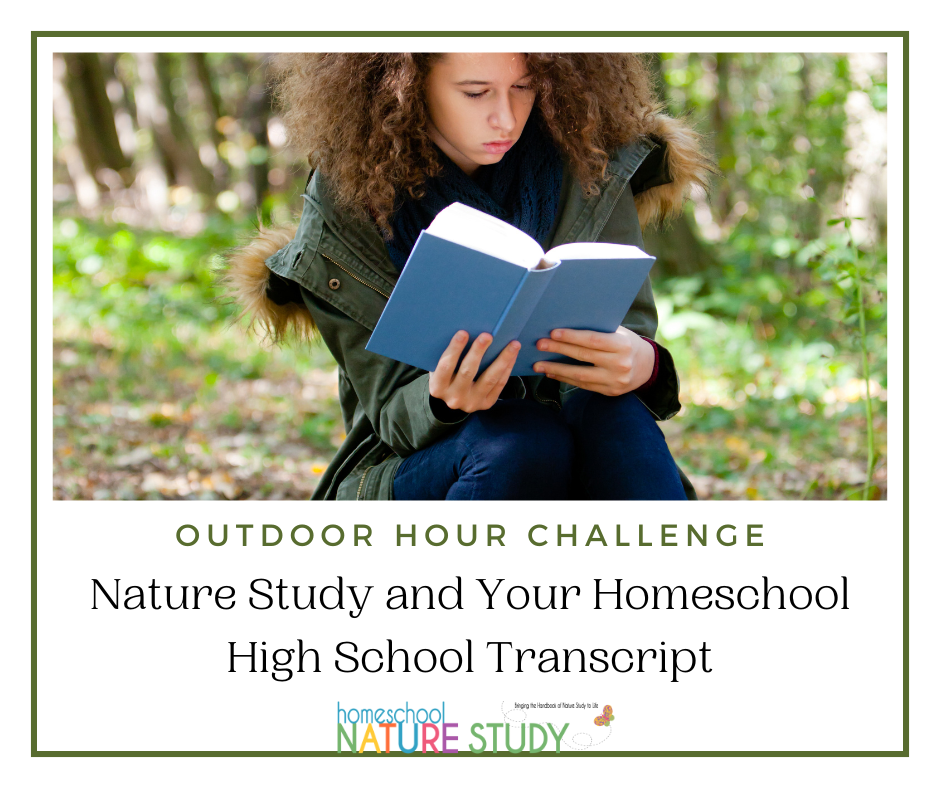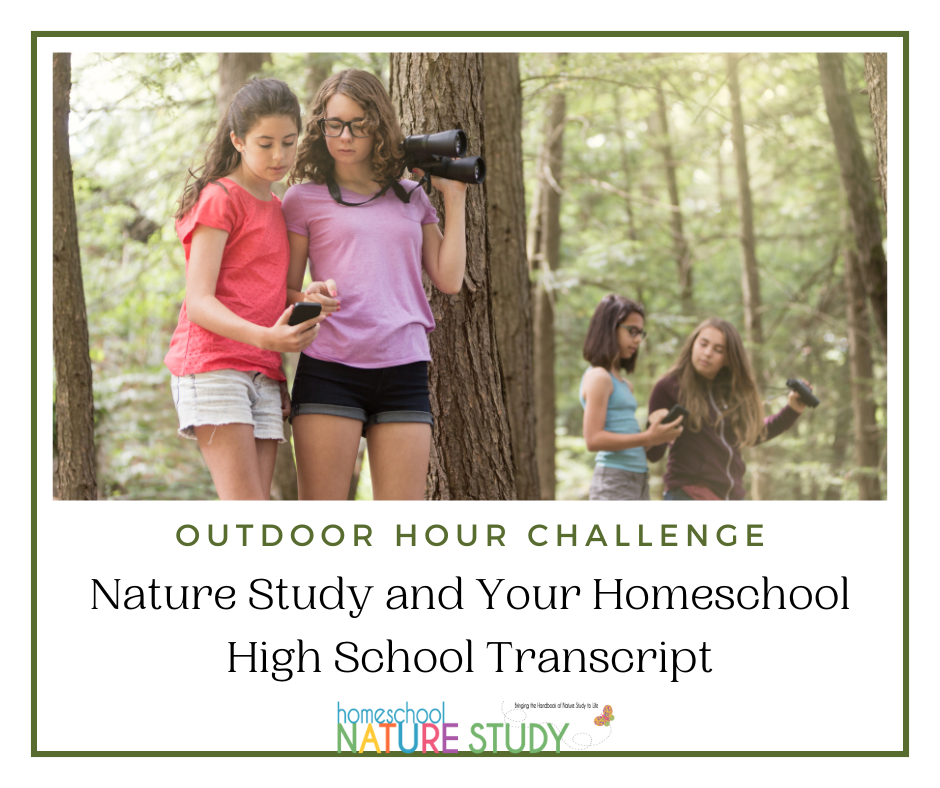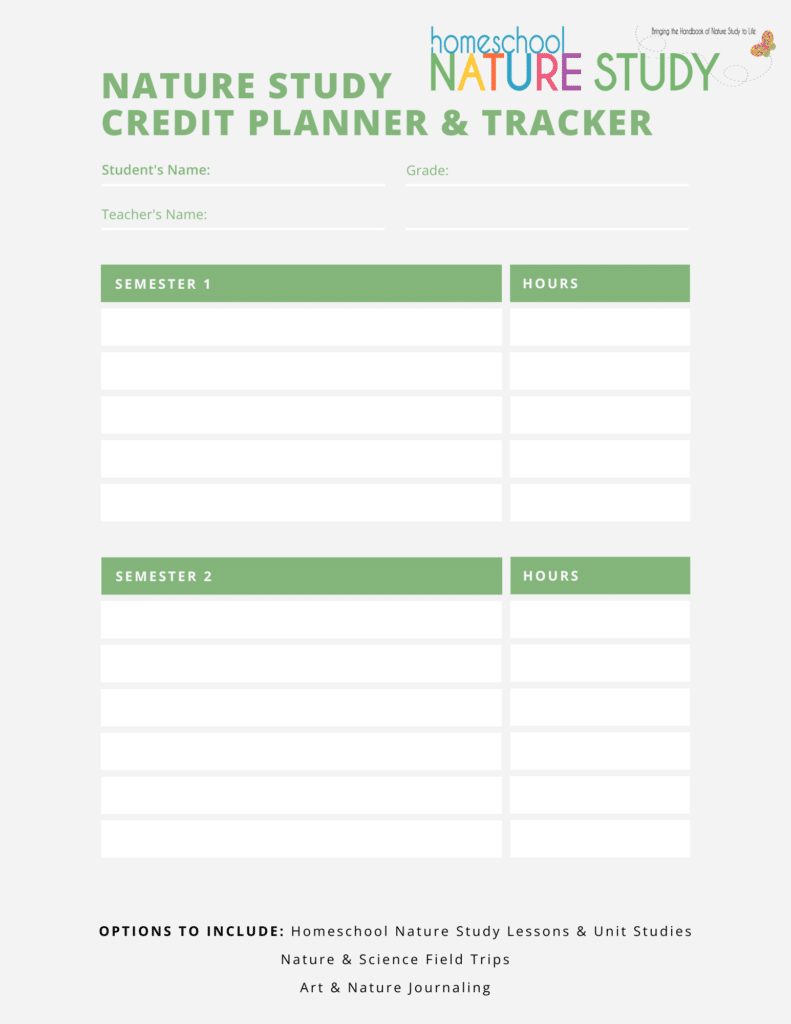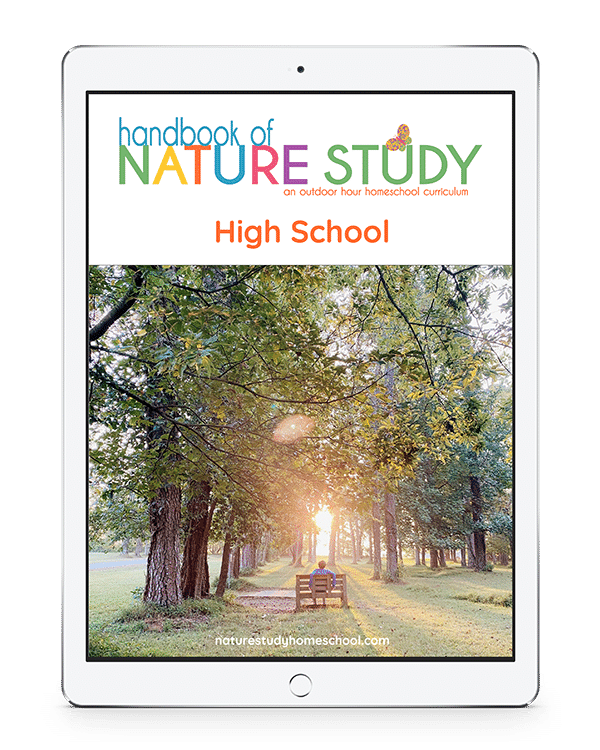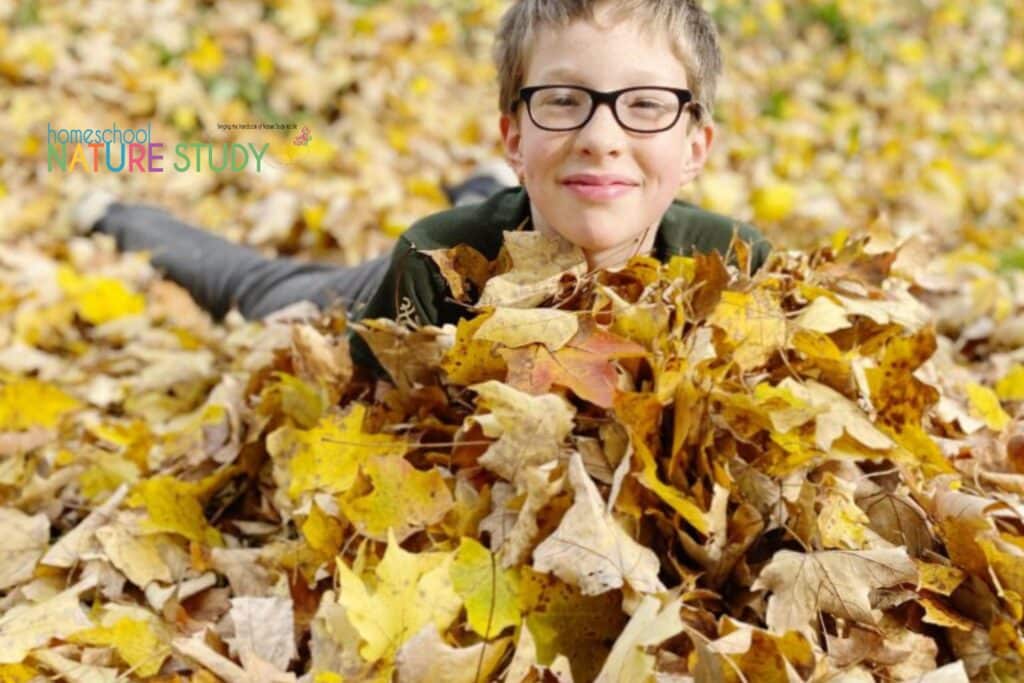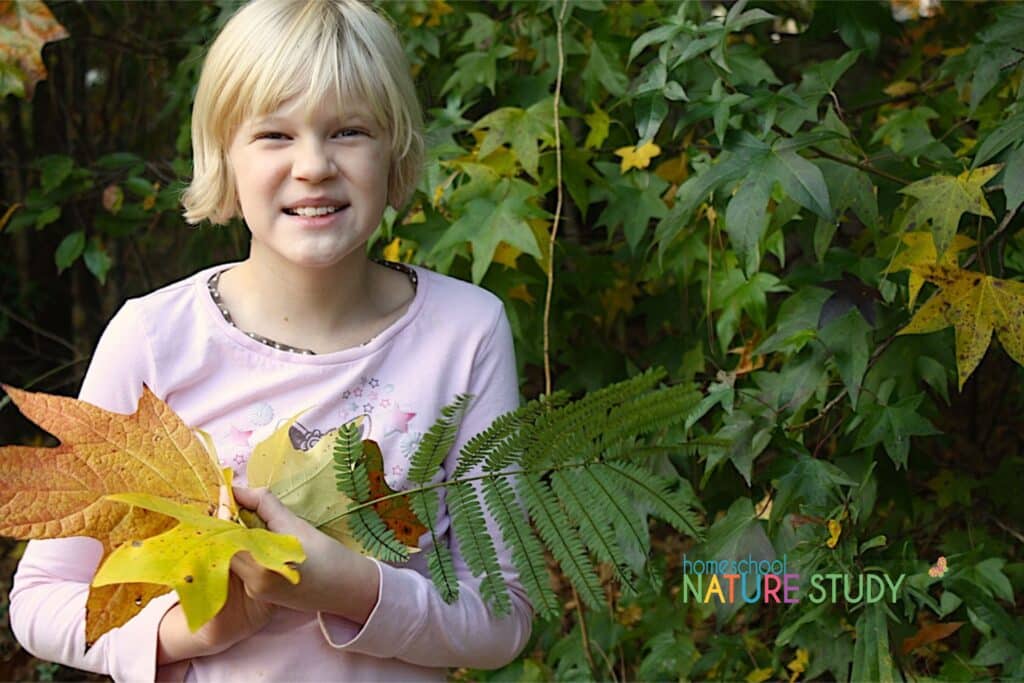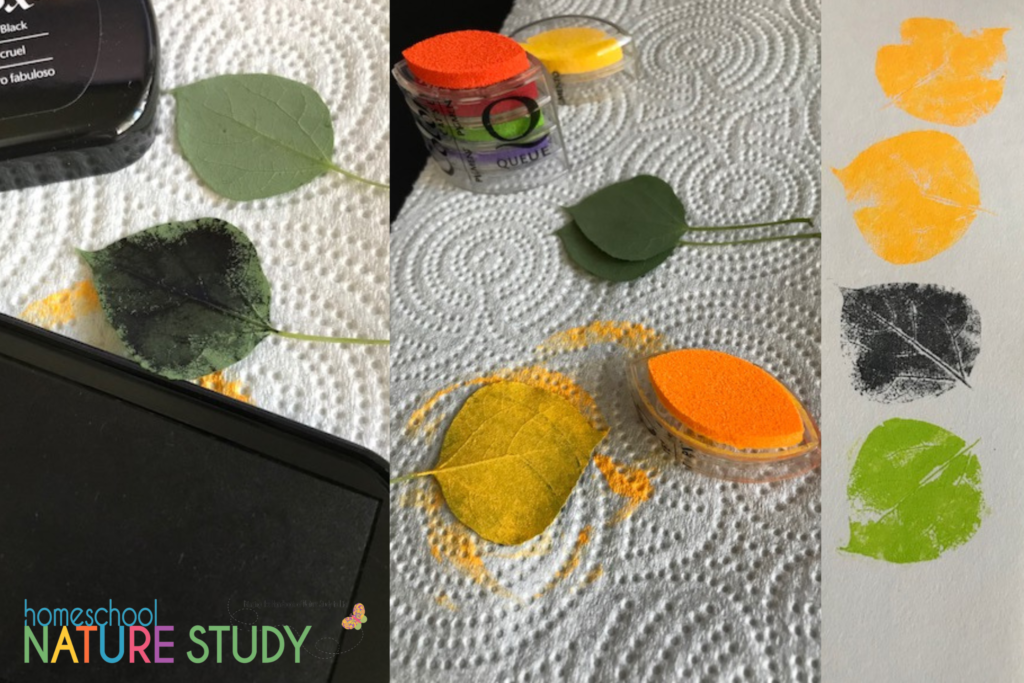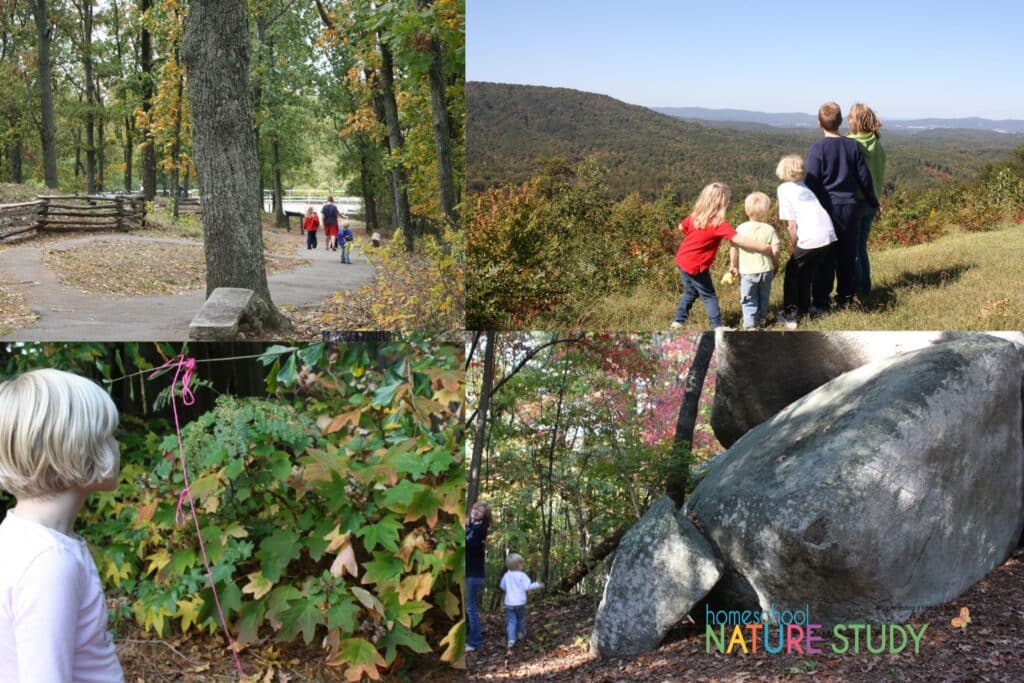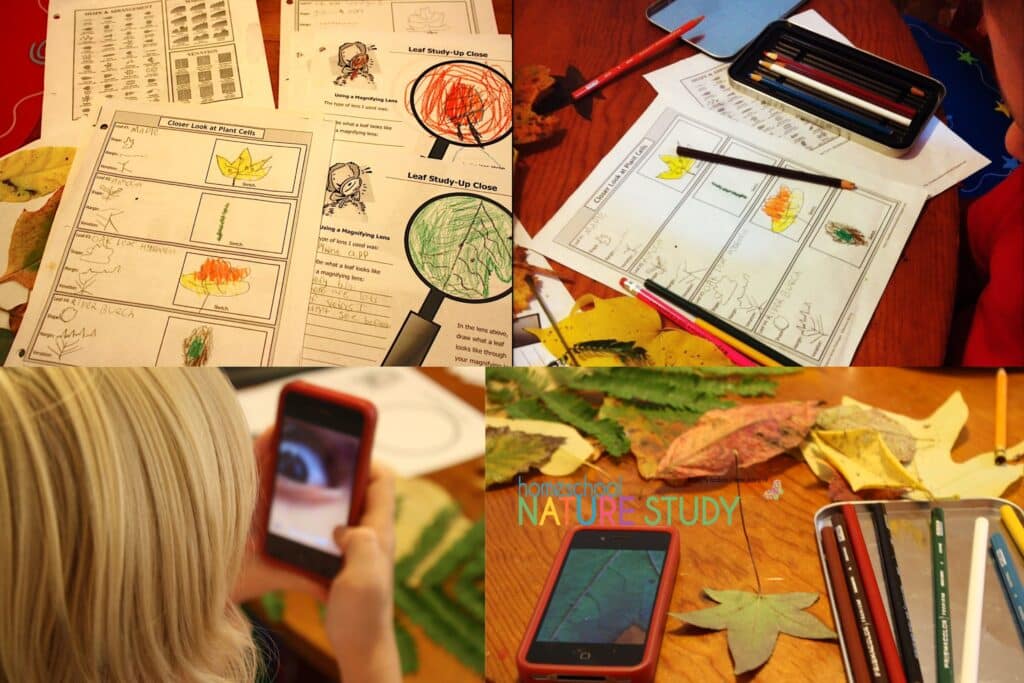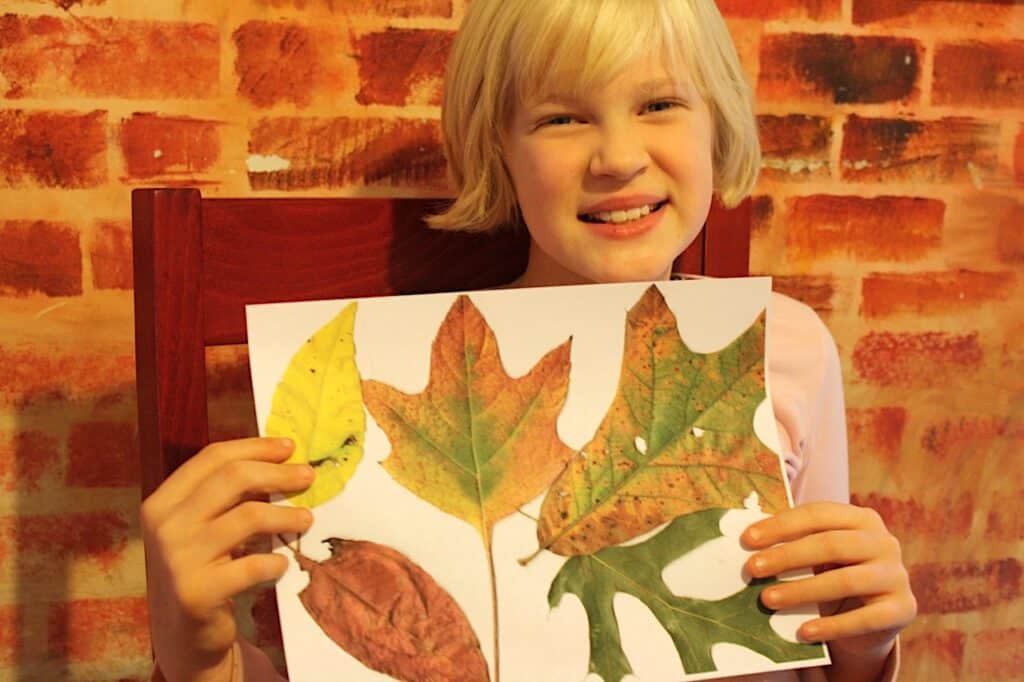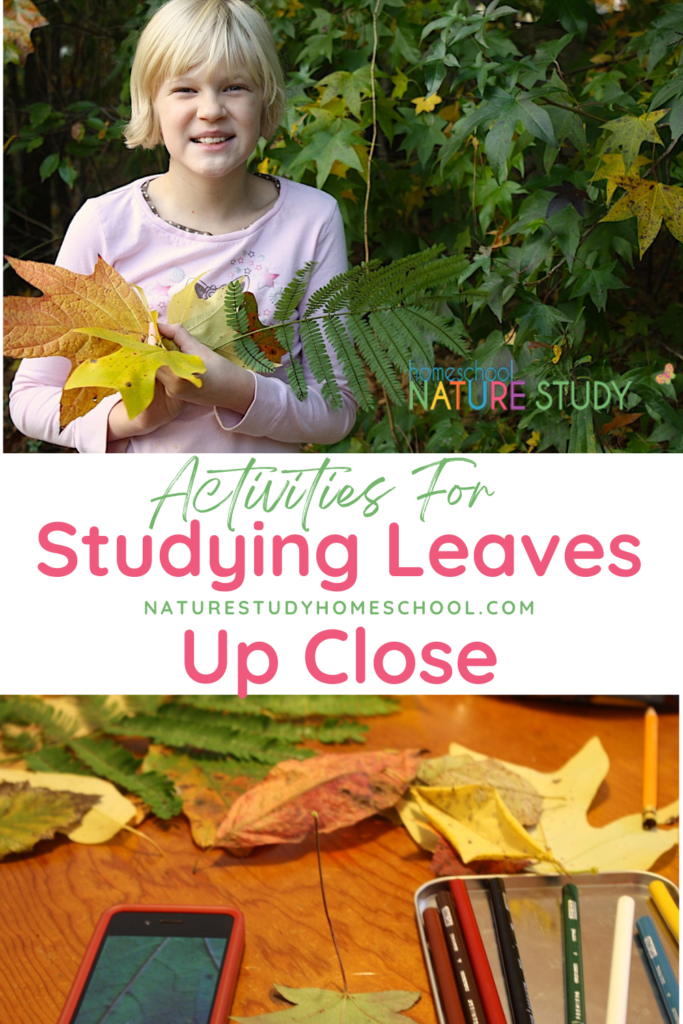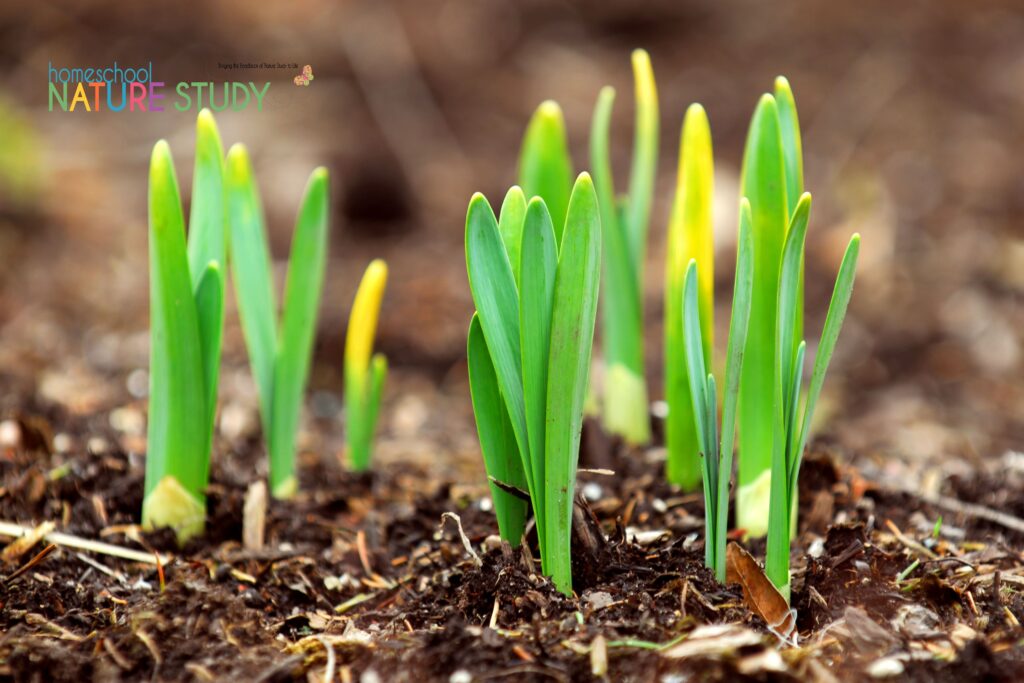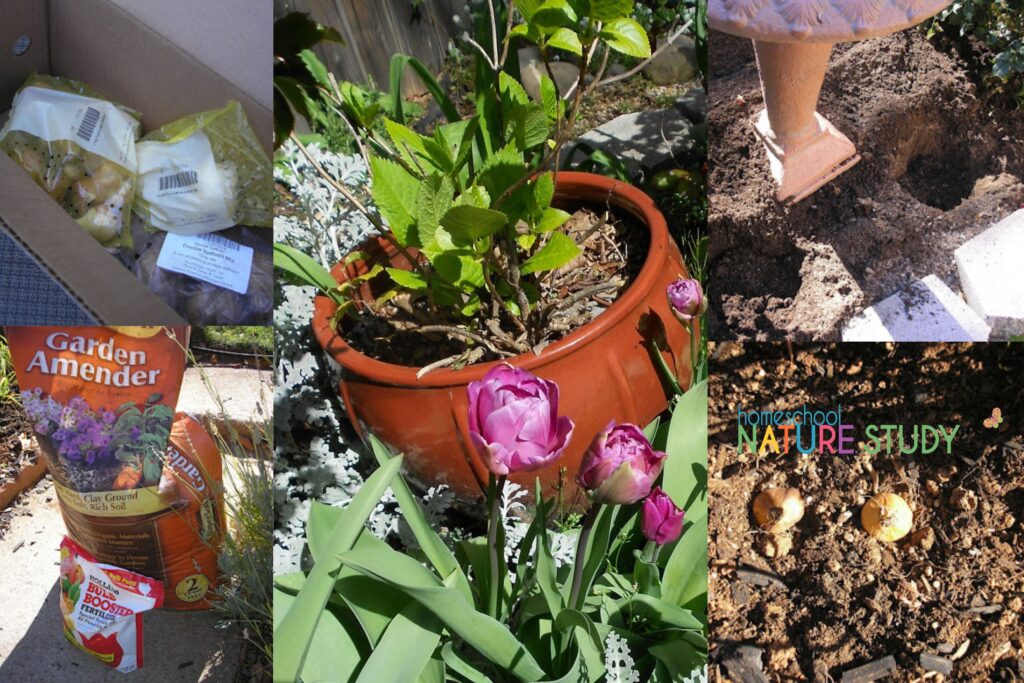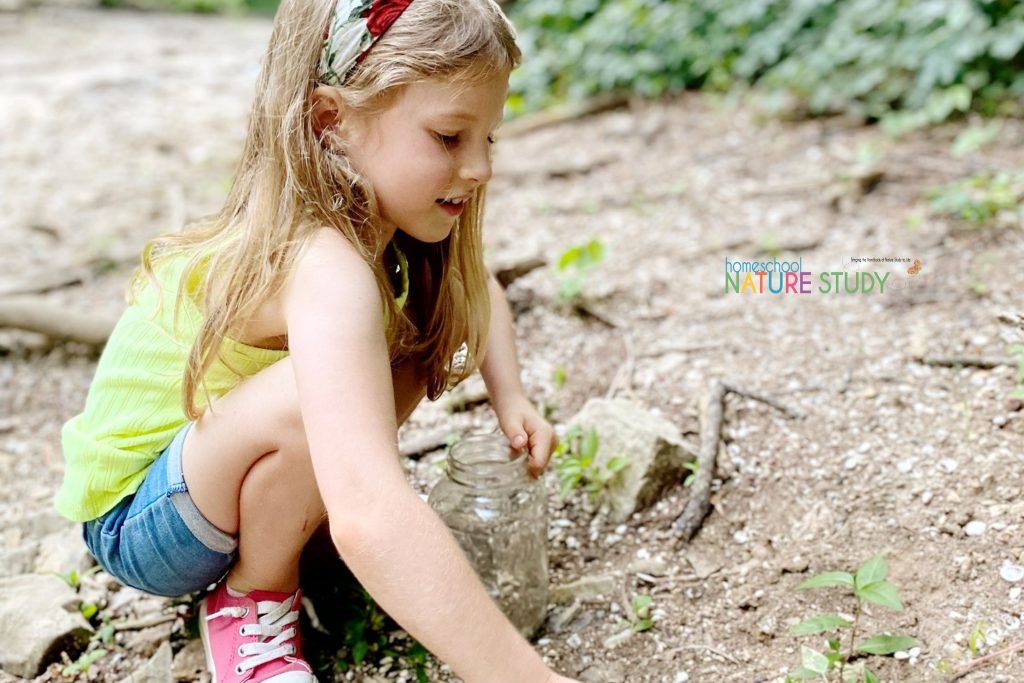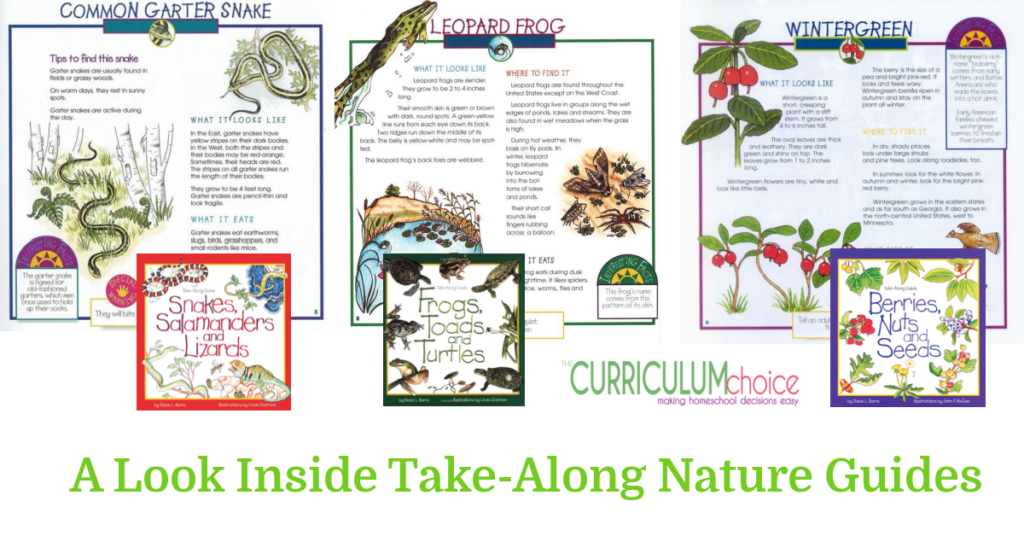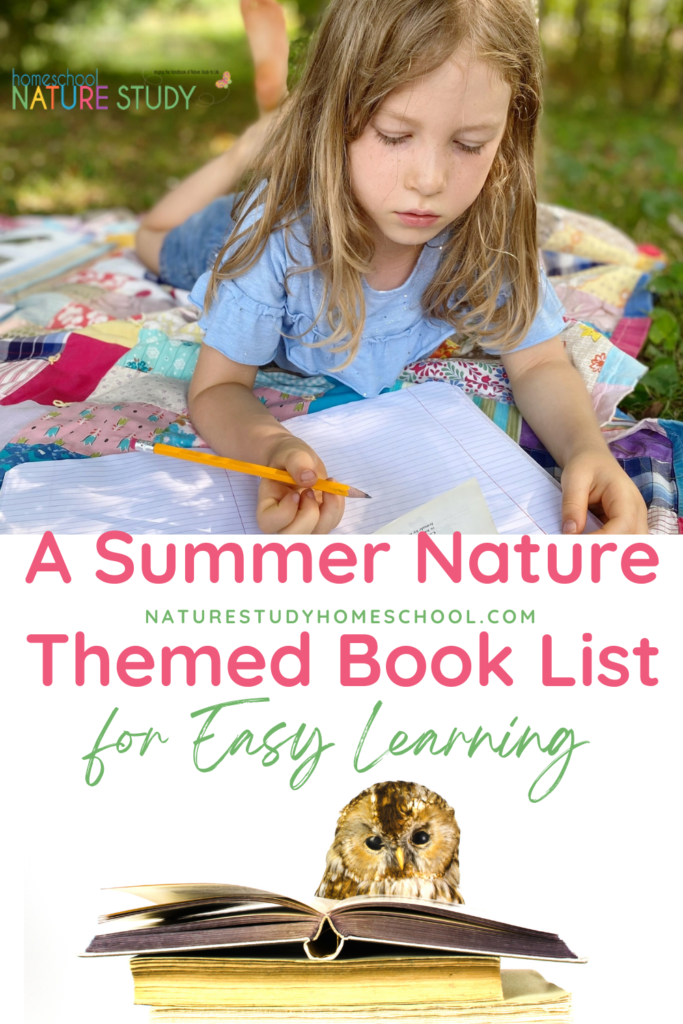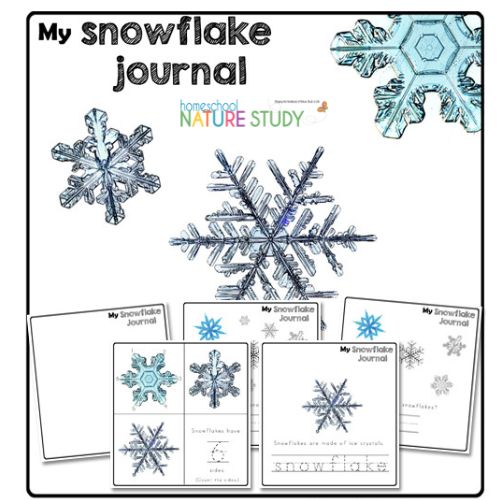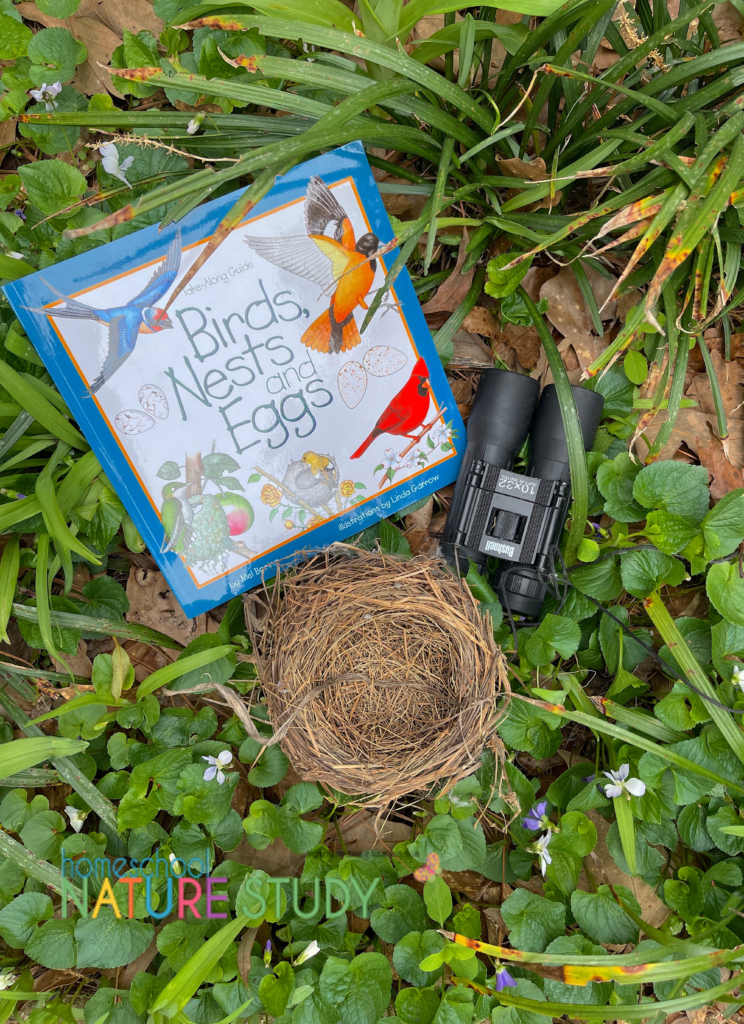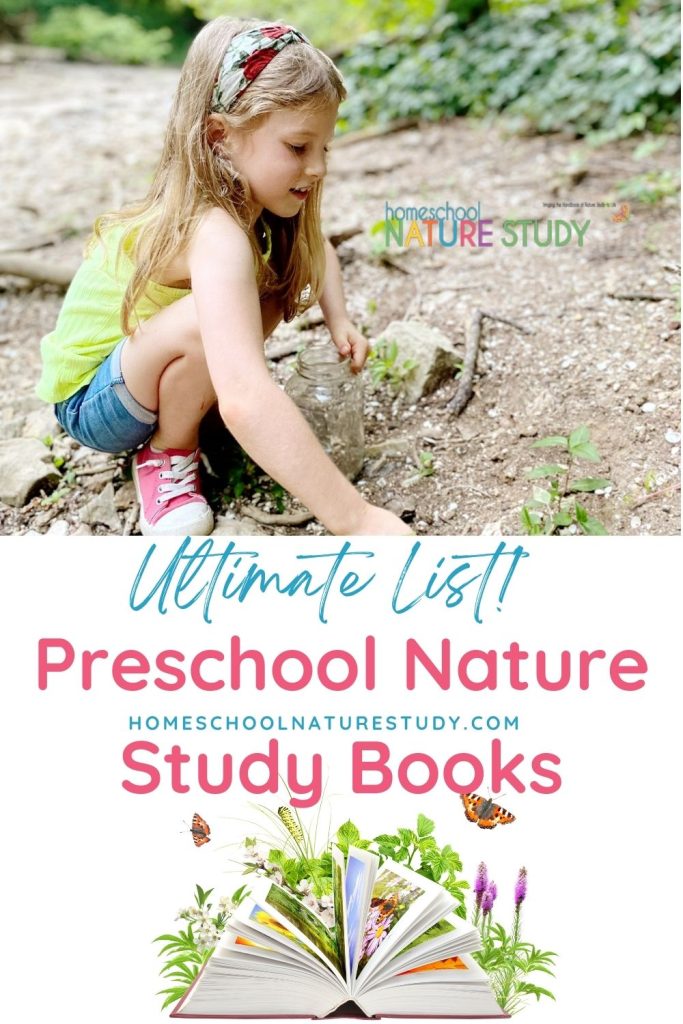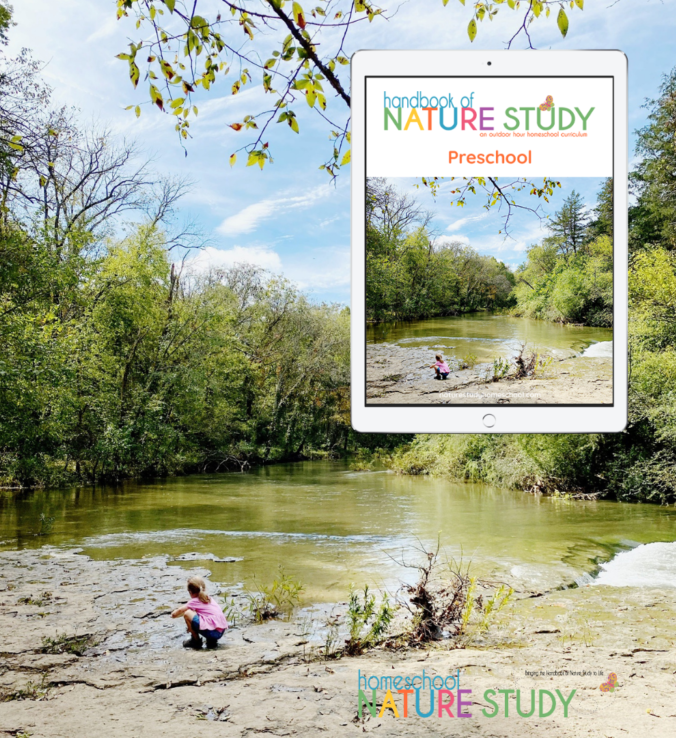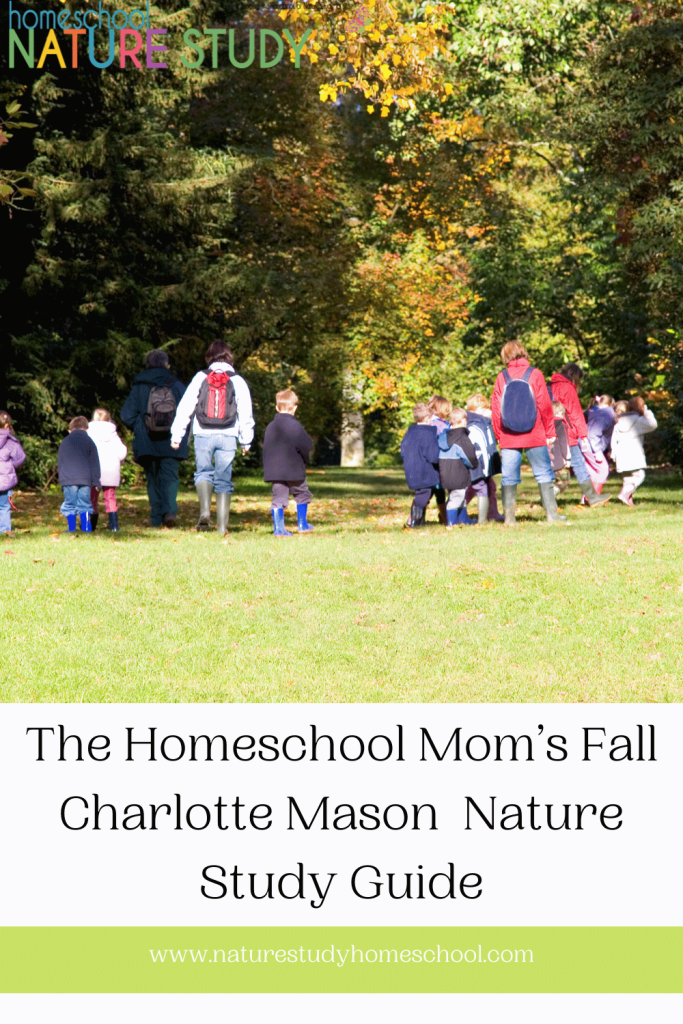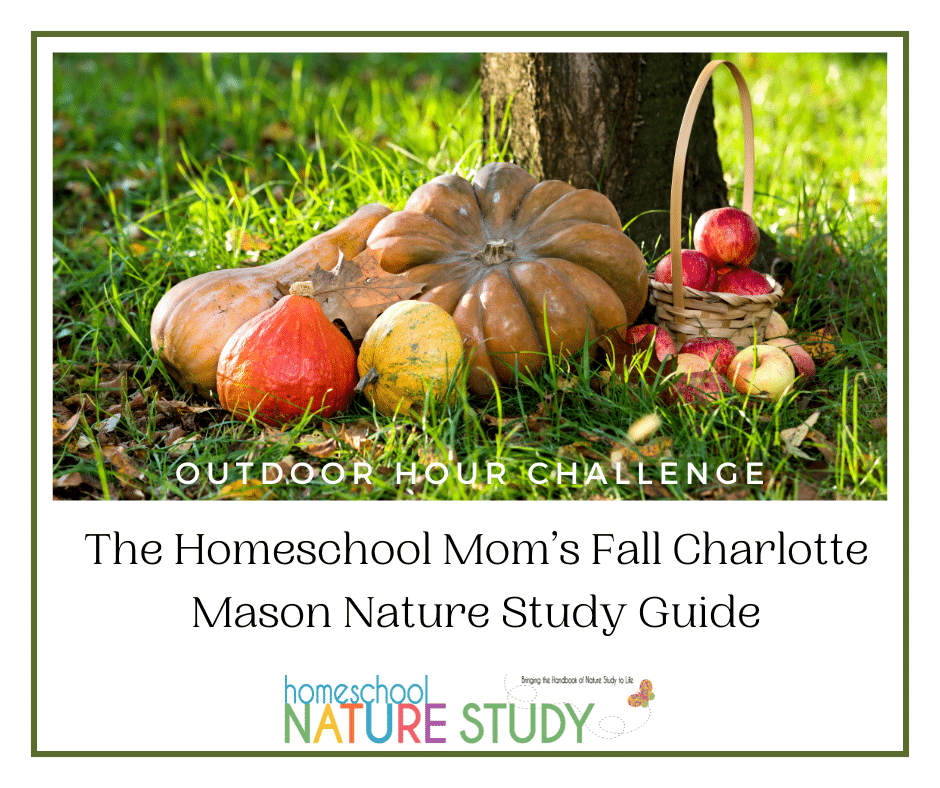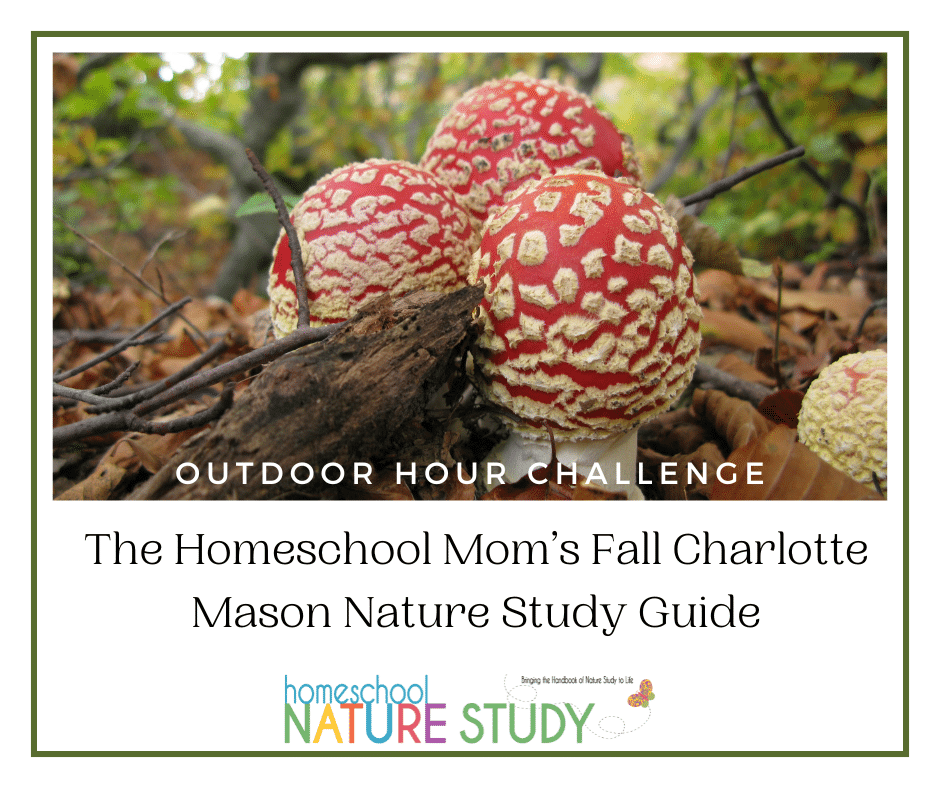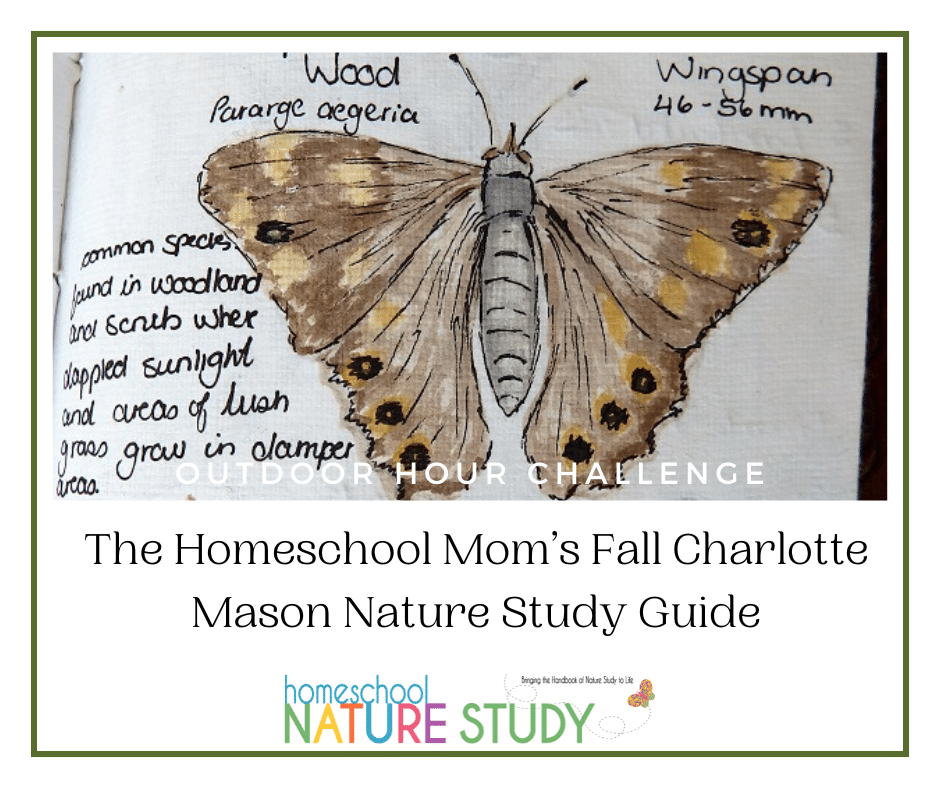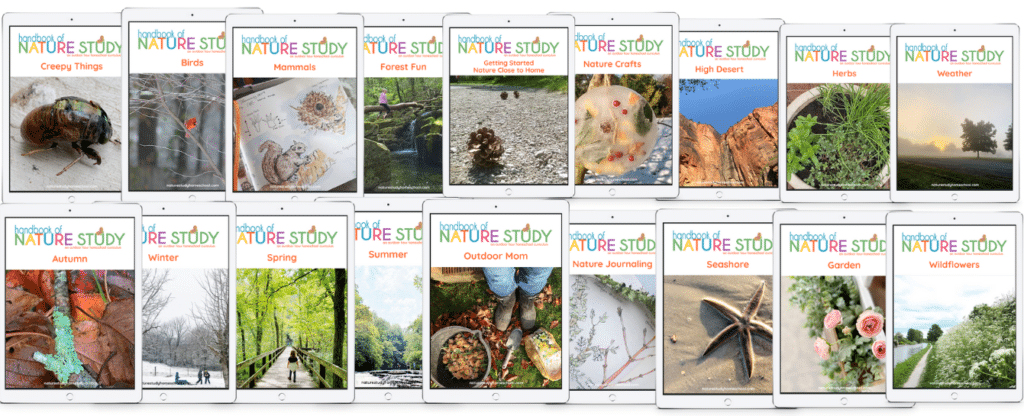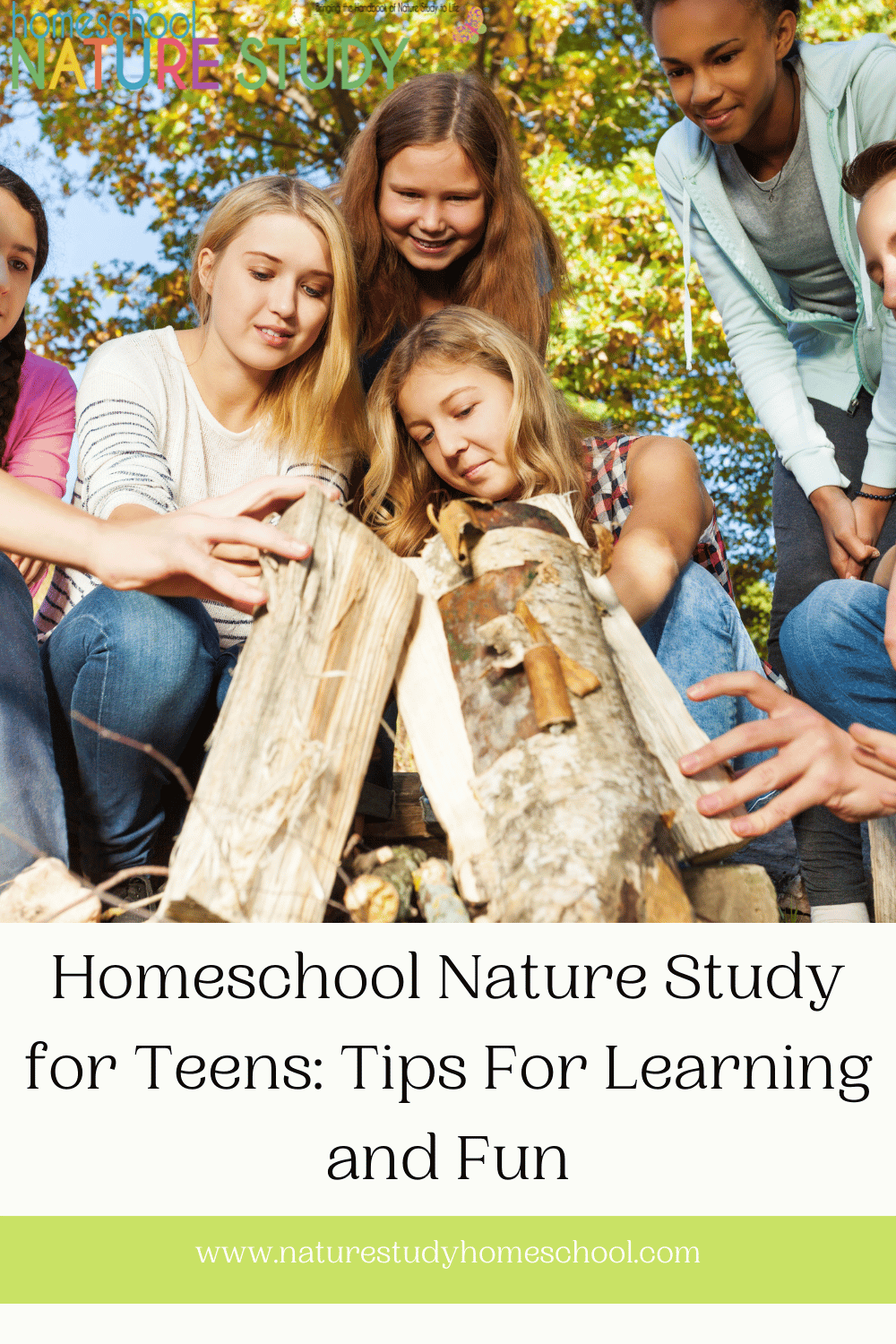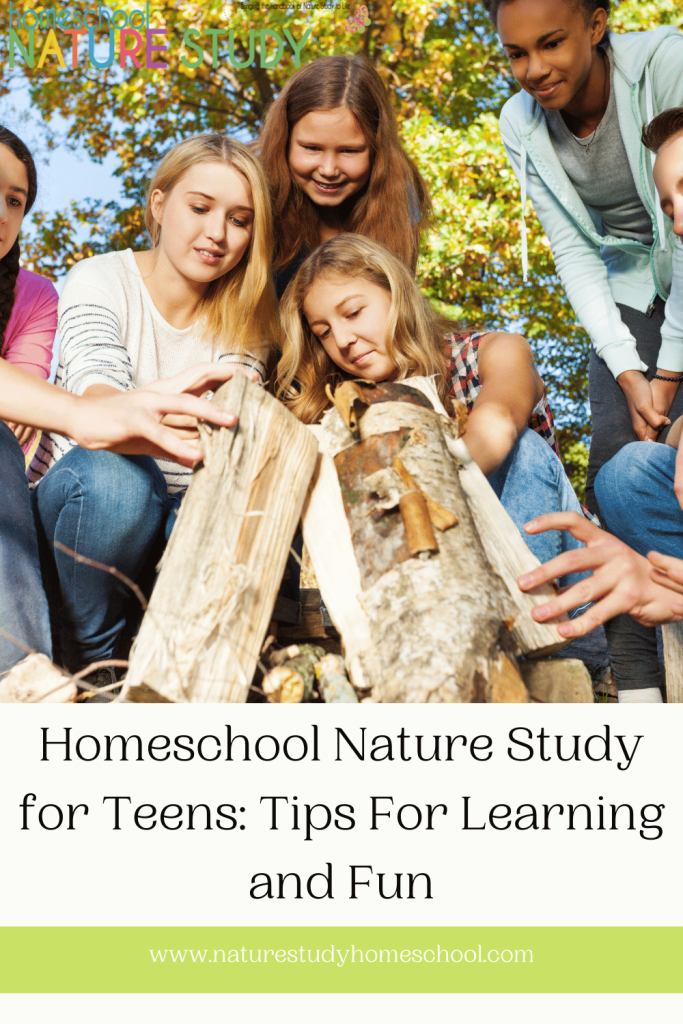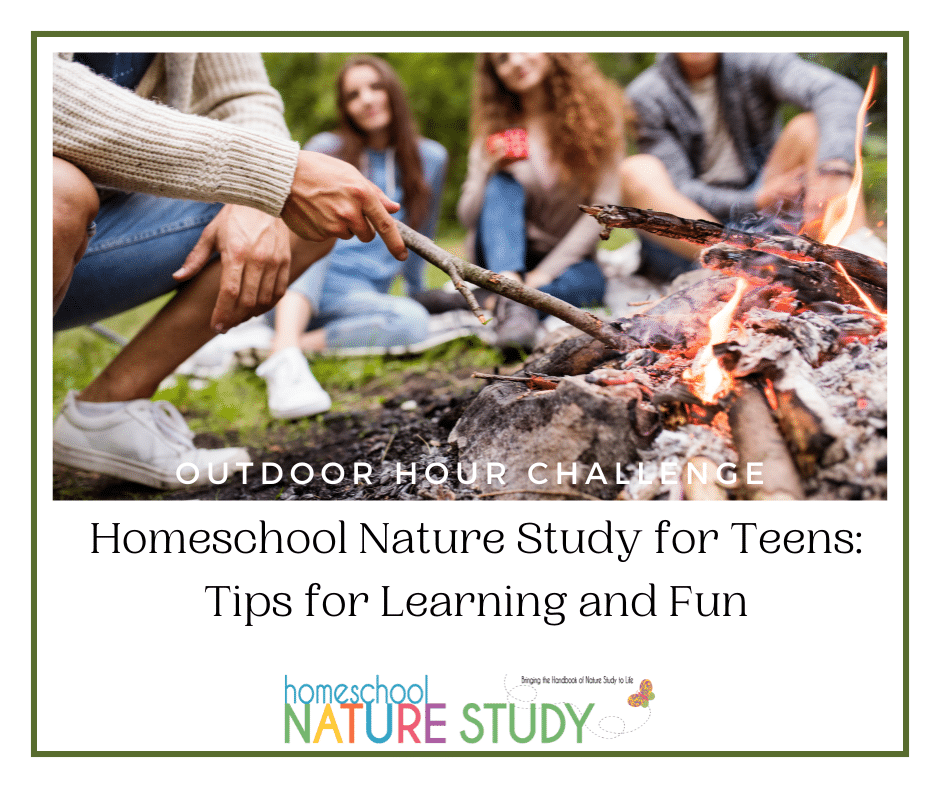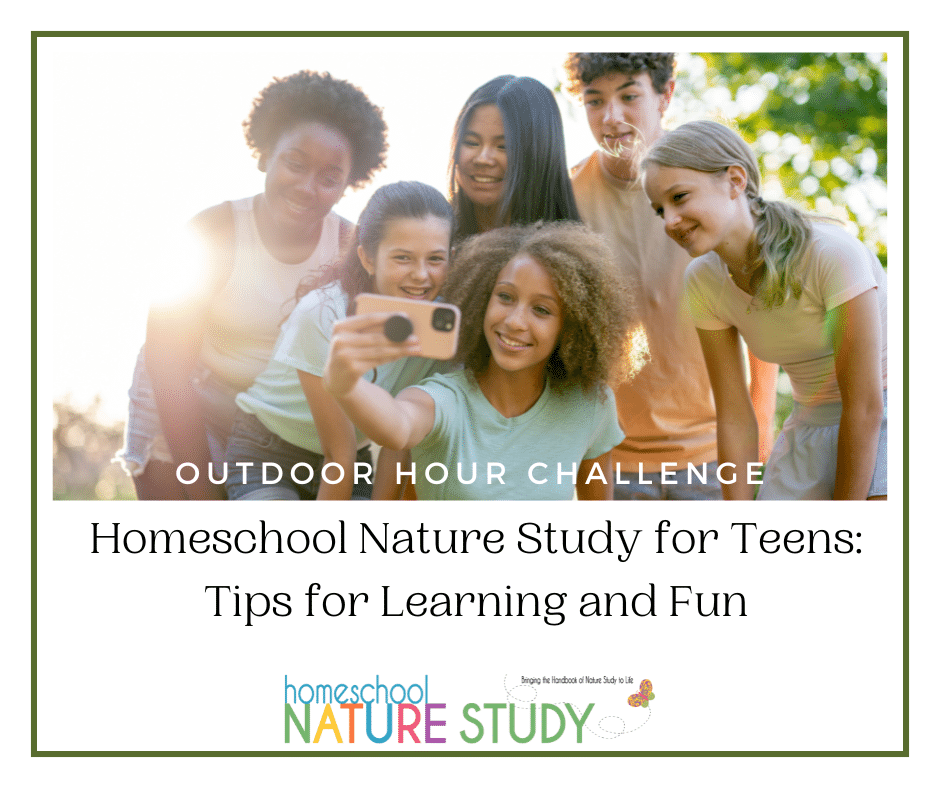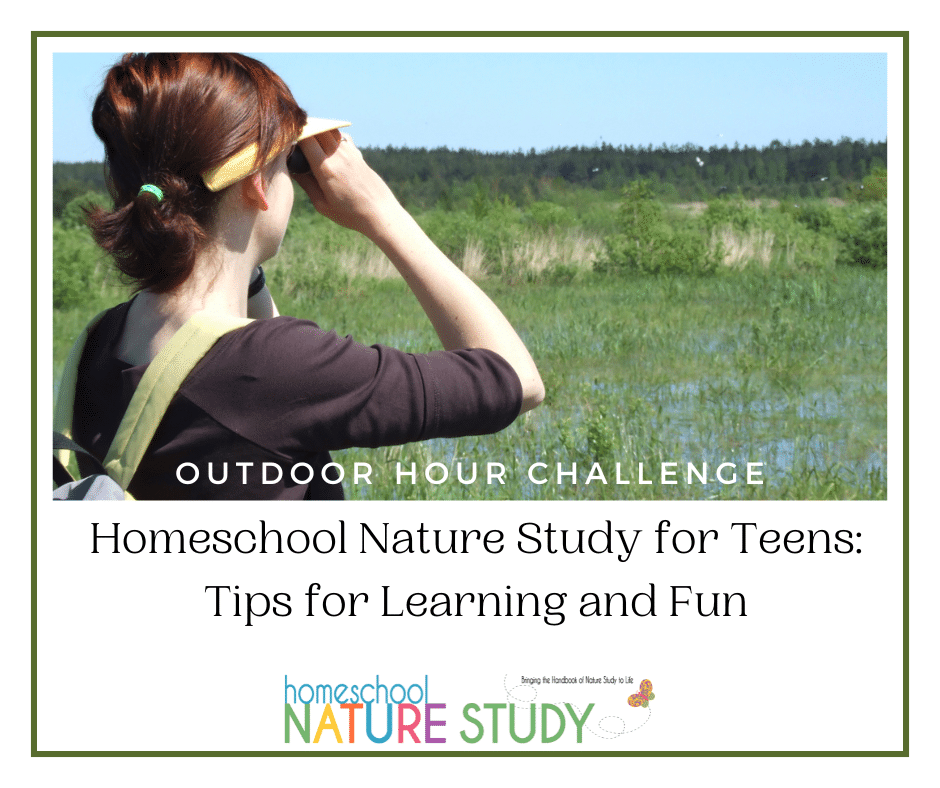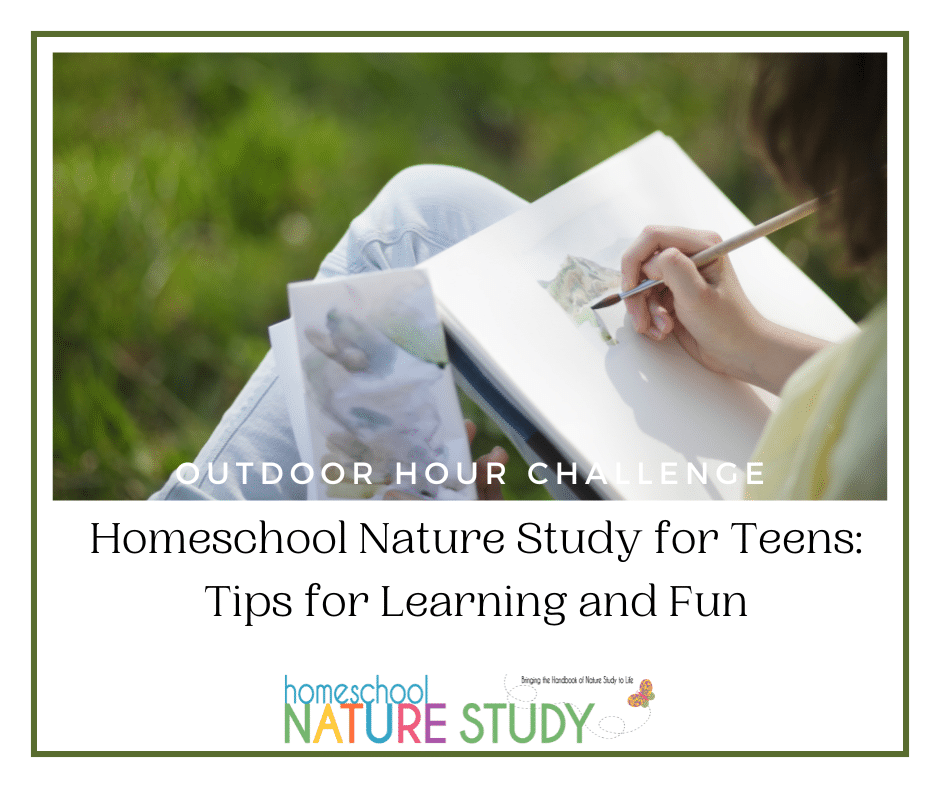With the changing leaves and beautiful weather upon us, this ultimate list of nature themed books for fall homeschooling is your go-to for the season!
A lovely stack of nature themed books can be great for learning in the fall months. There is so much to get excited about and learn about in nature!
Tips for How to Read a Nature Literature Book
Our founder, Barb McCoy, shares her tips for reading a nature literature book!
- Get comfortable with your child at your side or one on each side, making sure they can see the
- pages.
- Start with the cover of the book and ask them what they see and what they think the book is all about.
- Read the title and then the first few pages, slowly reading the words and allowing time for gazing at the pictures.
- Every few pages pause for your child to tell you something about what you just read (narration). See if they have any questions.
- If it is a short book, finish the book and have your child give their thoughts about the book. Did they have a favorite page or picture? Have them share something they learned about the topic from reading the book.
Let a Nature Book Inspire an Art Lesson
- Use the book’s illustrations as the basis for an art lesson, copying a picture with colored pencils or markers onto paper.
- Leave the book out for the child to look at again and hopefully enjoy a second time. (Make sure if you have little ones around that they can’t get to the book and mar it in some way.)
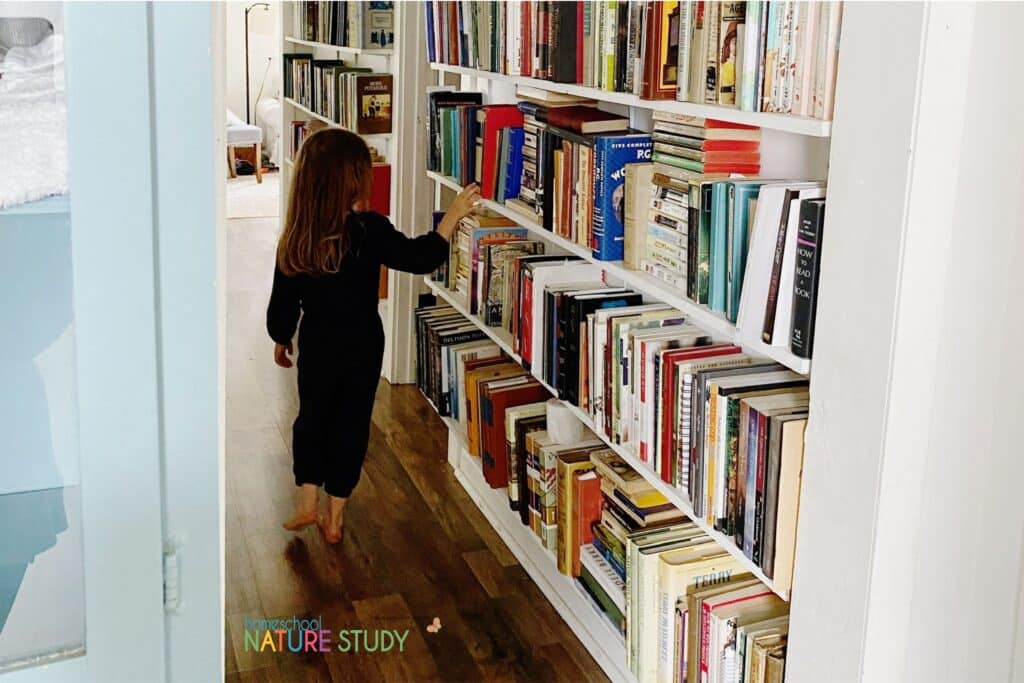
Tips for Organizing Your Nature Books
- Keep your nature themed books together, perhaps organizing them by topic or by season.
- Complete a Nature Book Report (Members – in Nature Journaling course) if you would like to keep a record of your learning.
Read: A Homeschool Mom’s Best Tips for Organizing Your Nature Library – Using good nature study reference books and literature will be a huge help in nudging along the seeds of a love nature in your child. To help you find what you need when you need it, these are our best tips for organizing your nature library. As the seasons and years pass, they will dig deep into your nature library and become familiar with so many things.
Ultimate List of Nature Themed Books for Fall Homeschooling
The Handbook of Nature Study Book is the Best for Fall Nature Study
The Handbook of Nature Study book by Anna Botsford Comstock is a staple in the Outdoor Hour Challenges we share. This is a wonderful reference guide for you, the homeschool teacher to use. We show you how!
Everything You Wanted to Know About the Handbook of Nature Study – Are you looking for comprehensive, easy to use nature study resources? Have you ever seen The Handbook of Nature Study? Well, it might just be the thing for you! Come check out our reviews and resources for using this as your nature study go to!
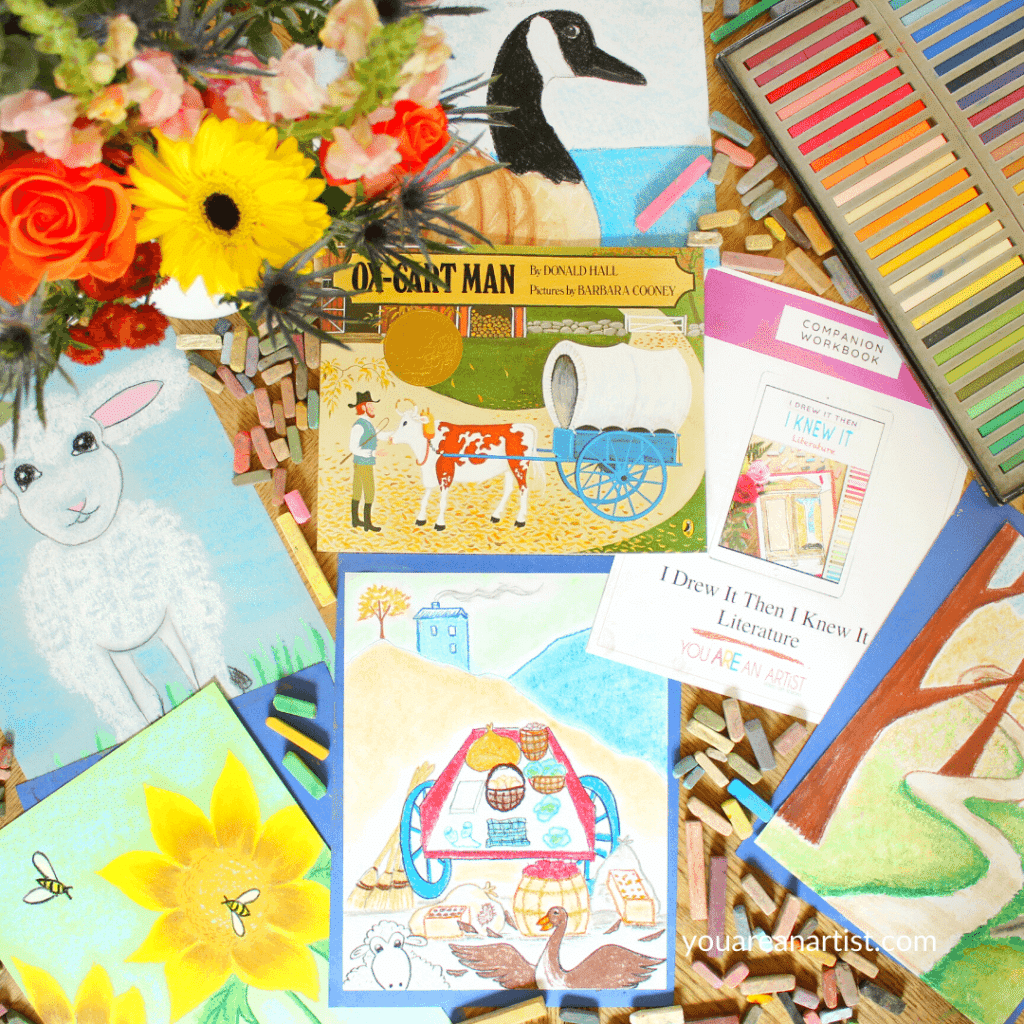
Books for September and October Fall Activities
September might be devoted to apples and fall leaves; October to pumpkins, harvest and Halloween; and November to hibernation, early winter and Thanksgiving.
Ox-Cart Man Activities for Your Homeschool – These Ox-Cart Man activities are sure to bring this great book to life! Take a trip back to the 1800s with a New England farmer in the Ox-Cart Man. In a time when you wove your own clothes, whittled your own broom, and split your own shingles, this lyrical story takes you on a journey through the changing seasons.
Favorite Fall Books for Your Homeschool – books just for fun, for learning and for nature study
How to Make an Apple Pie and See the World – with a free art lesson! And more apple art lessons as well.
Pumpkin Books to Celebrate Halloween and Thanksgiving – This is a collection of pumpkin books to celebrate both Halloween and Thanksgiving. Spooky books, jack-o-lantern books, pumpkin patch books, recipe books and more!
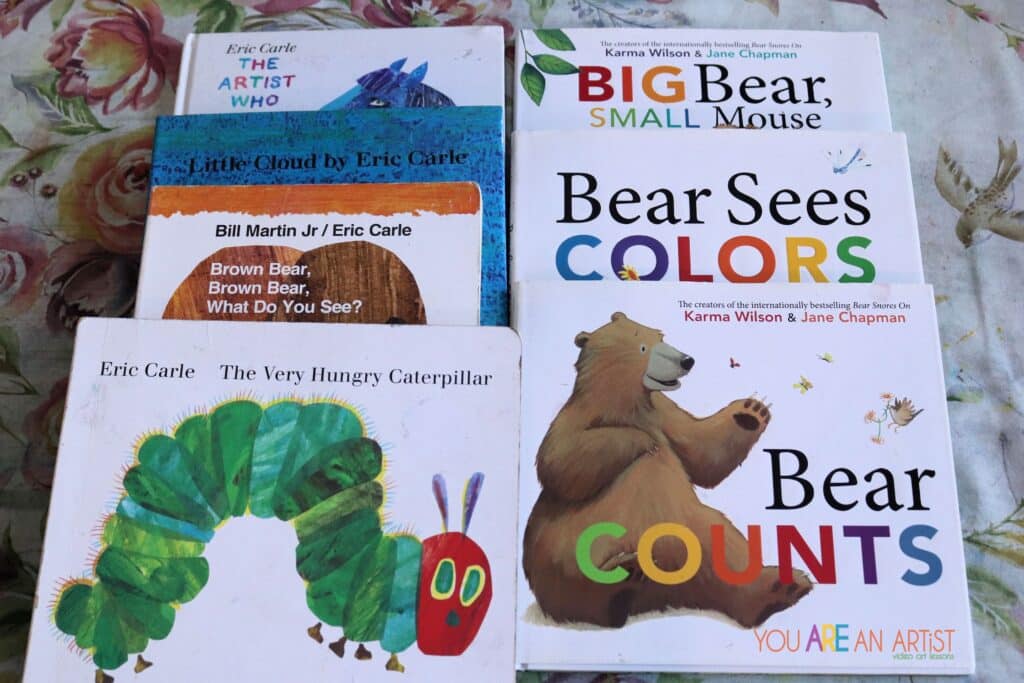
Nature Authors to Look Up at Your Library
- Lois Ehlert
- Eve Bunting
- Joyce Sidman
- Eric Carle
- Diane Siebert
- Diana Hutts Aston
- Jim Arnosky
- Jean Craighead George
Picture Books in Nature Study: A Parent’s Guide – Picture books in nature study work well for all ages. This guide has everything you need to get started.
Favorite Nature Titles for November:
- In November by Cynthia Rylant (Jill Kastner)
- Ox-Cart Man by Donald Hall (Barbara Cooney)
- Every Autumn Comes the Bear by Jim Arnosky
- Giving Thanks by Jonathan London (Gregory Manchess)
- Autumn Harvest by Alvin Tresselt (Roger Duvoisin)
- Time to Sleep by Denise Fleming
- Squirrels by Brian Wildsmith
- The Year at Maple Hill Farm by Alice and Martin Provensen
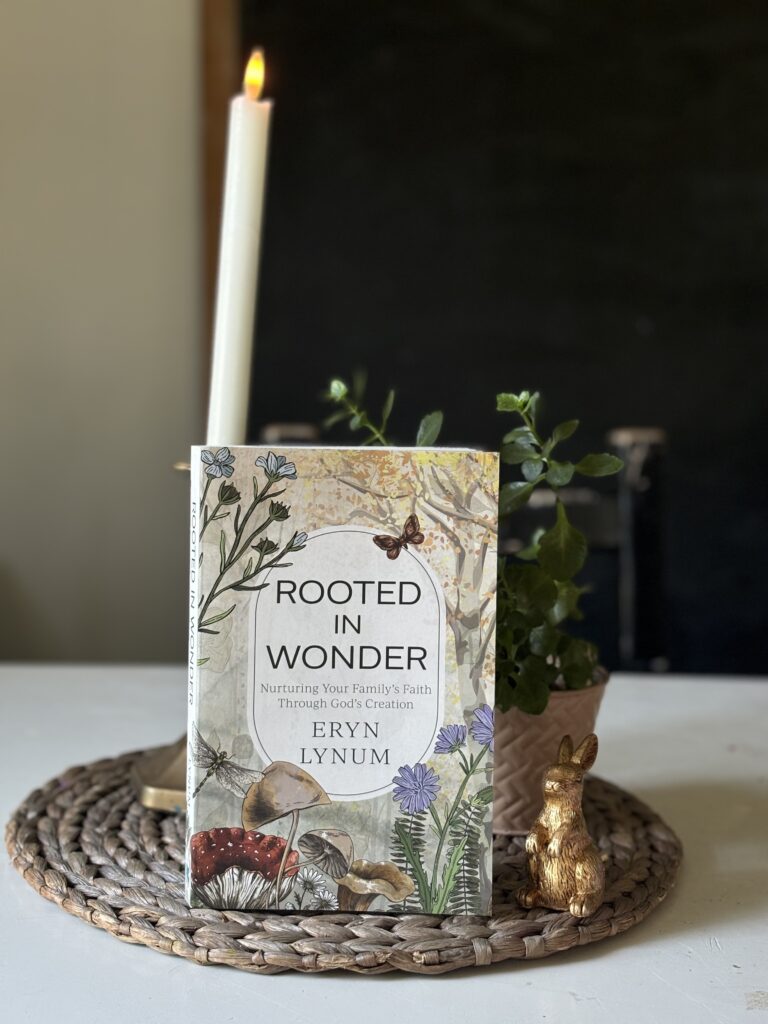
More Nature Themed Books for Your Homeschool
Rooted in Wonder: A Nature Study Resource Review – Have you seen this book yet? If not, you probably should. For all nature-loving families and families who are interested in starting nature study, this is a must-read. Eryn has taken love of God, His creation, and nature study and blended them together in a way that is truly beautiful. And, speaking of beautiful, the inside and outside of this book are designed so beautifully! It is a treat for the eyes, as well as the mind.
Favorite Nature Books for Your Homeschool Nature Studies – Nature study is one of things I adored when my children were younger. As soon as the weather broke here in NY we would be outside with notebooks, nature books, cameras, binoculars, magnifying glasses, and more! We enjoyed exploring nature trails, and gardening in our yard, drawing birds and flowers and creating nature poetry. As the years rolled on, our collection of nature books grew.
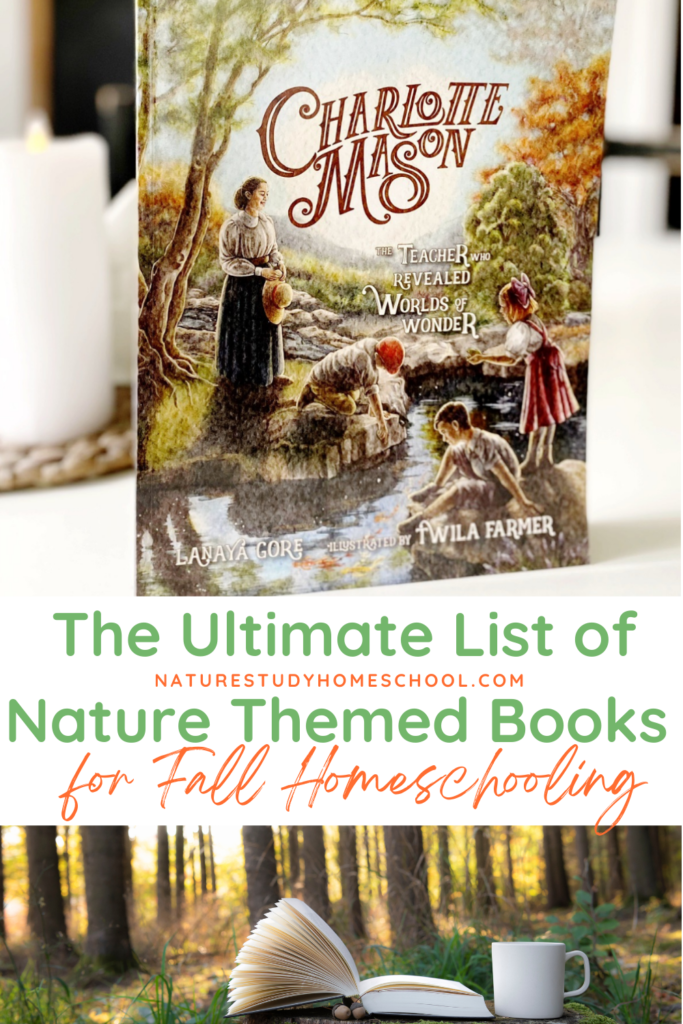
Beautiful Picture Book Biography of Charlotte Mason – This lovely Charlotte Mason picture book biography tells the story of Miss Mason, painting a picture of the time she lived, her knowledge of how children learn and her passion for children to love learning.
The Ultimate List of Preschool Nature Study Books – While nothing beats experiencing nature first-hand, preschool nature study books are a vital component of our preschool nature studies. We have used both fiction and non-fiction books to introduce a topic, supplement a topic and study a topic in-depth.
Out of School and Into Nature: The Anna Comstock Story – Out of School and Into Nature: The Anna Comstock Story is a beautiful picture book biography about the author of The Handbook of Nature Study. Anna Botsford Comstock was passionate about children getting out of the classroom and into nature to learn first hand about our beautiful world.
Last Child in the Woods – we love this book for general encouragement on nature study
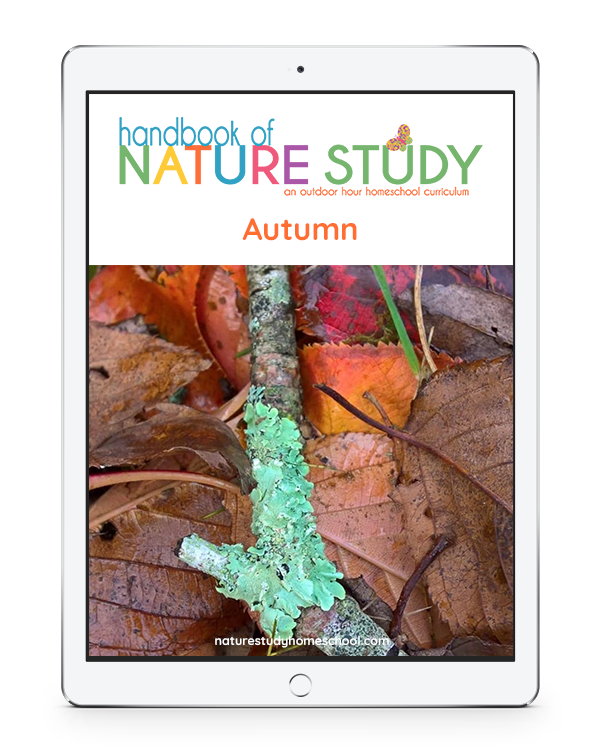
Homeschool Nature Study Membership for Fun Fall Outdoor Learning
You will find hundreds of homeschool nature studies plus all the Outdoor Hour Challenges in our Homeschool Nature Study membership. There are 25+ continuing courses with matching Outdoor Hour curriculum that will bring the Handbook of Nature Study to life in your homeschool! In addition, there is an interactive monthly calendar with daily nature study prompt – all at your fingertips!
Be inspired. Be encouraged. Get outdoors!

